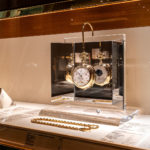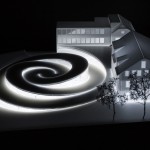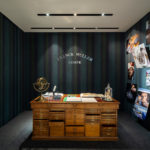Places: The Time Museum of Tehran
Keeping time of a bygone era in a pre-Revolution mansion.
Iran certainly isn’t the first country that comes to mind when pondering the art and science of measuring time. Besides the obvious fact that the country is historically not a watchmaking nation, the modern-day geopolitics have isolated Iran.
But this was not always the case. Before the Islamic Revolution, Iran’s economy was open and boasted considerable dynamism. The country still retained its historical role as an international hub that connected East and West, an important position that allowed Iran to cultivate relations with most of the world’s industrialised countries.
An enduring legacy of Iran’s historically significant status in Near East and its extensive connections with leading nations is preserved, seemingly frozen in time, within one of Tehran’s elaborate, pre-Revolutionary mansions. Located in the Zafaranieh district – one of the city’s oldest districts that got its name from the wealth saffron merchants who once populated the area – the mansion is home to the Time Museum of Tehran.
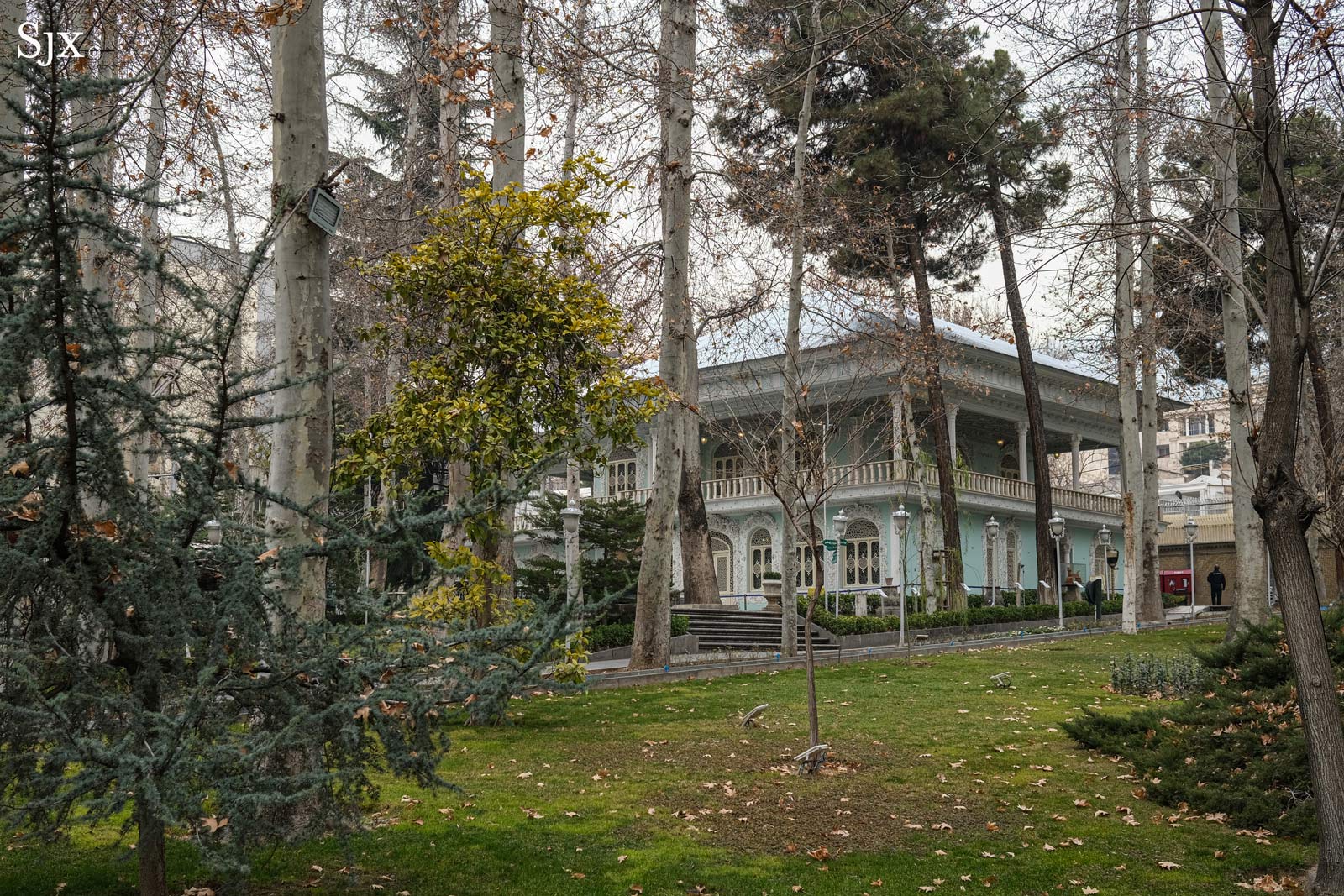
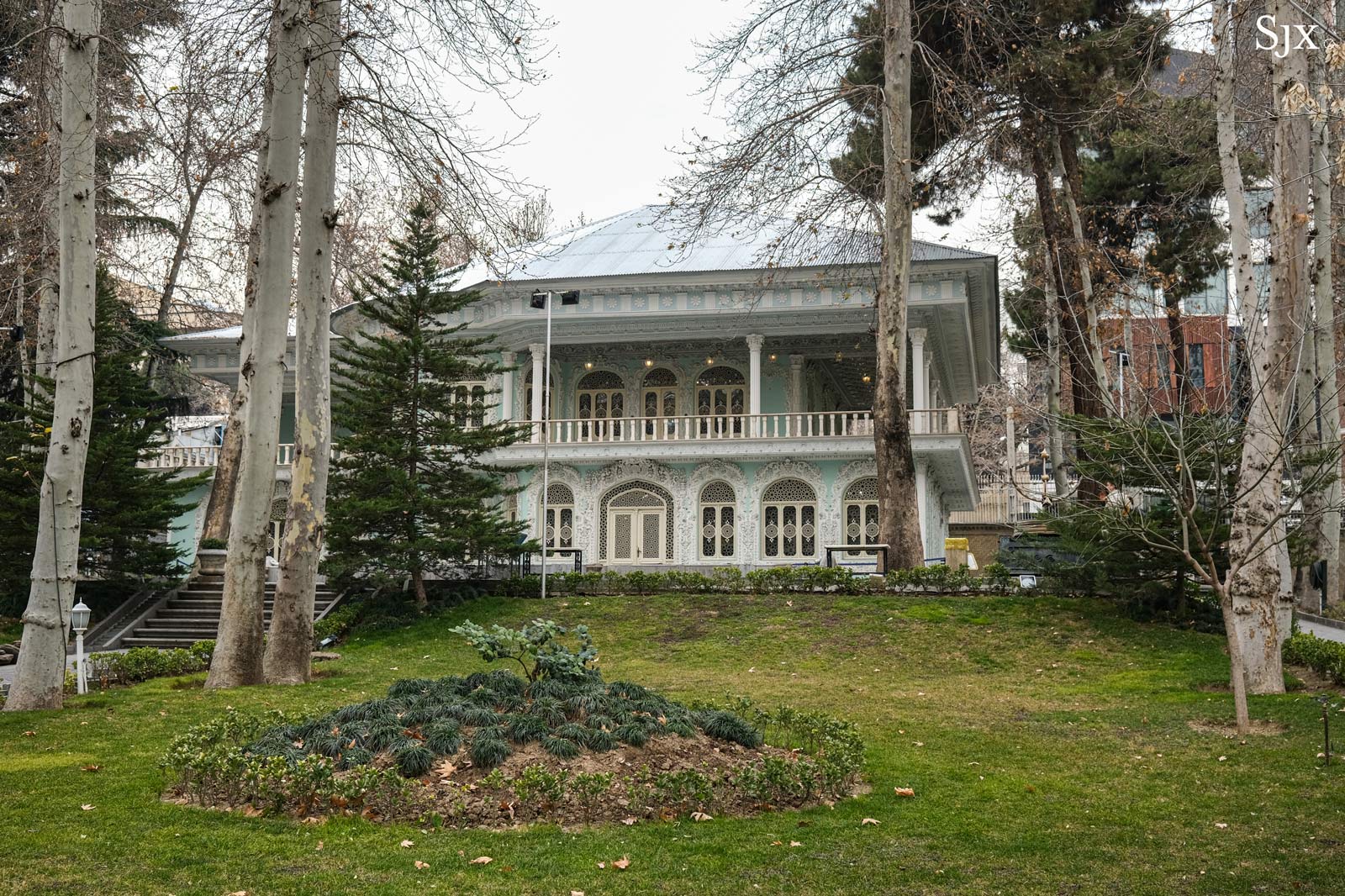

Zafaranieh is an upscale area that’s home to many embassies, including those of the Brazil, Germany, Japan, Switzerland, and Qatar, but the original building where the museum stands predates most of them. It was originally a plain, single-story home dating to the Qajar dynasty (1796-1925), which ruled Iran before the Pahlavis, the last imperial family of Iran who were overthrown during the revolution of 1979.
But it was only when Hossein Khodadad, a prolific entrepreneur who established one of country’s main industrial towns, acquired the building in the early 1960s that the mansion took on its current form. Khodadad envisioned a glorious expression of historical Iranian architecture as his home, which required extensive expansion and renovation of the original structure.
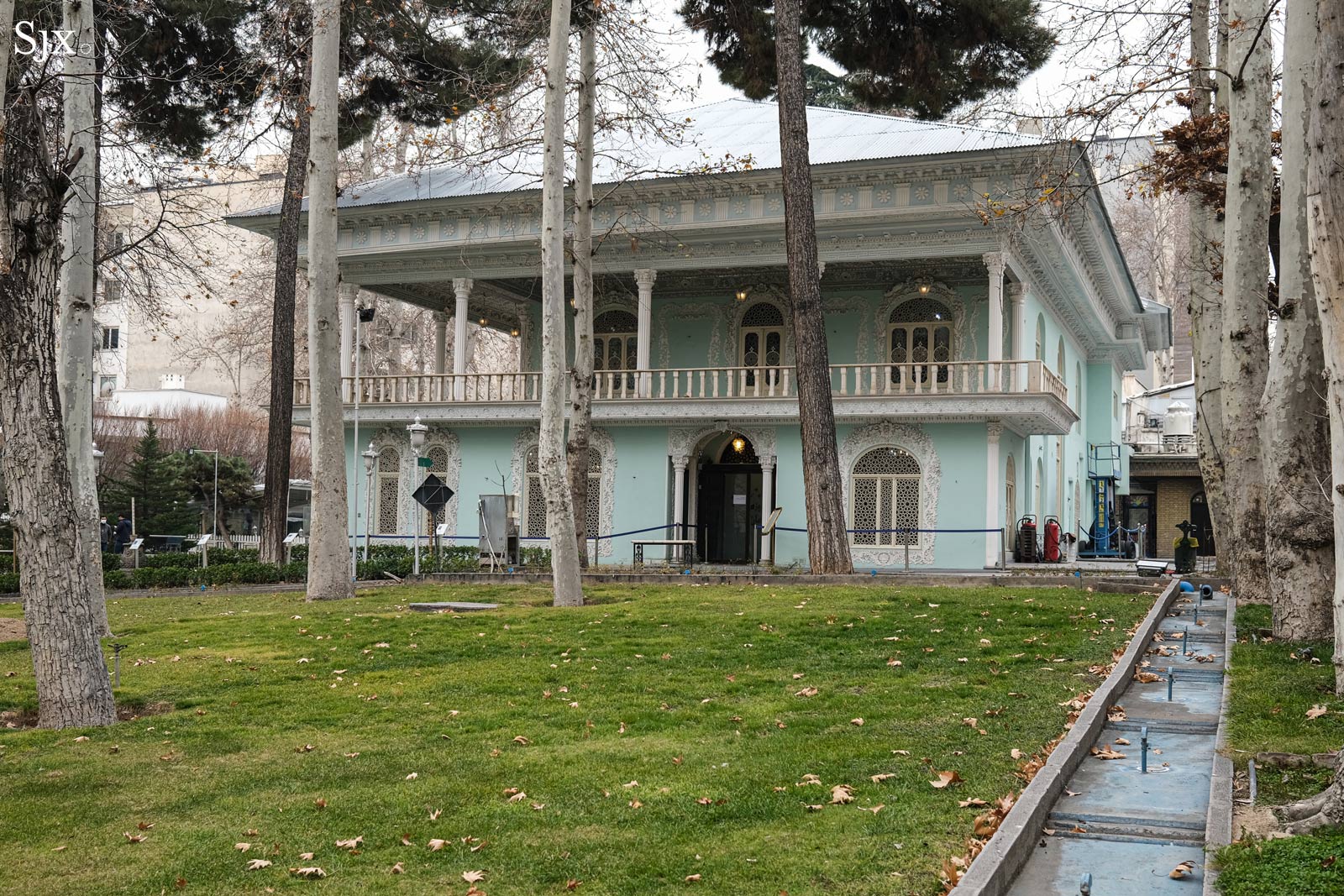

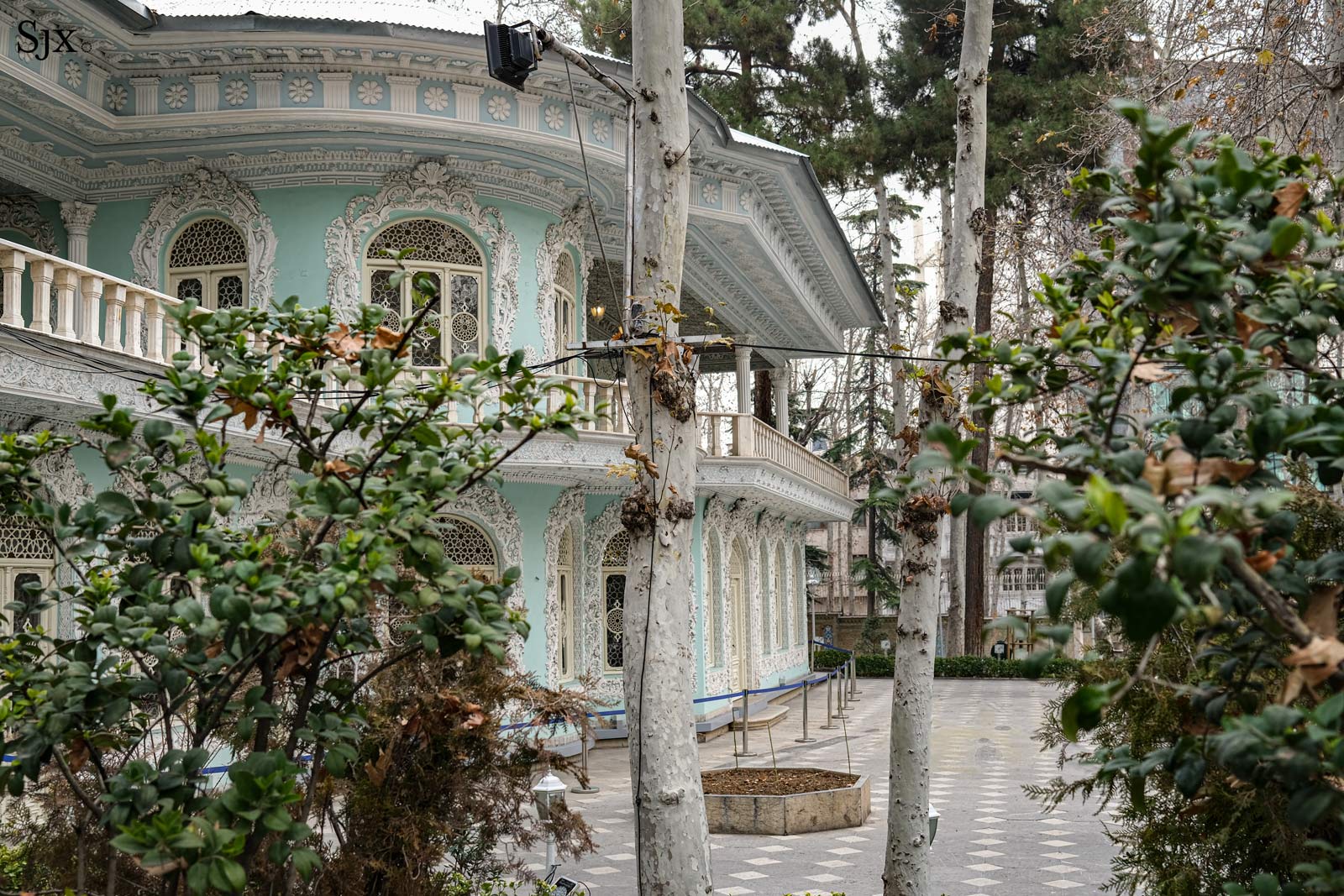
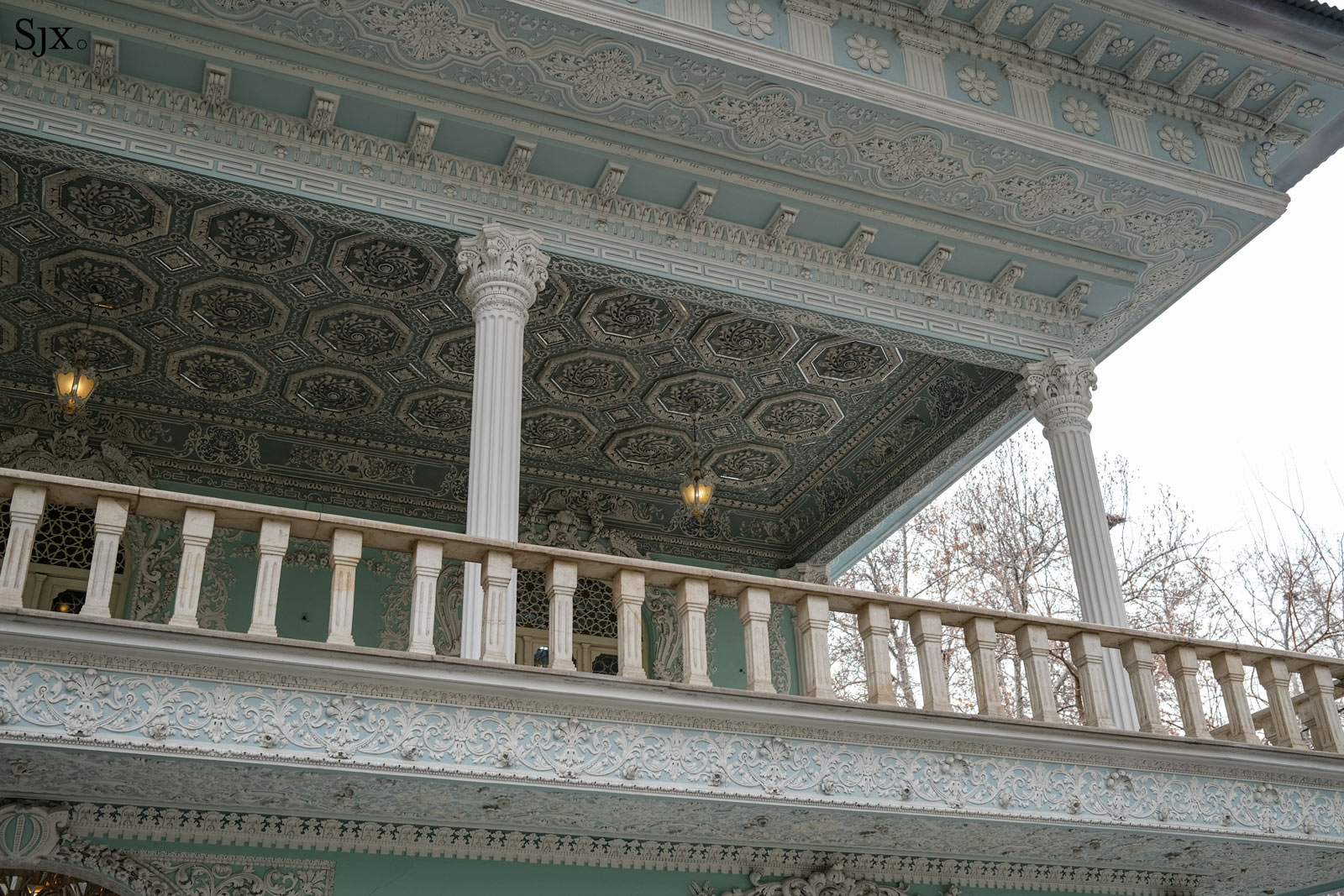
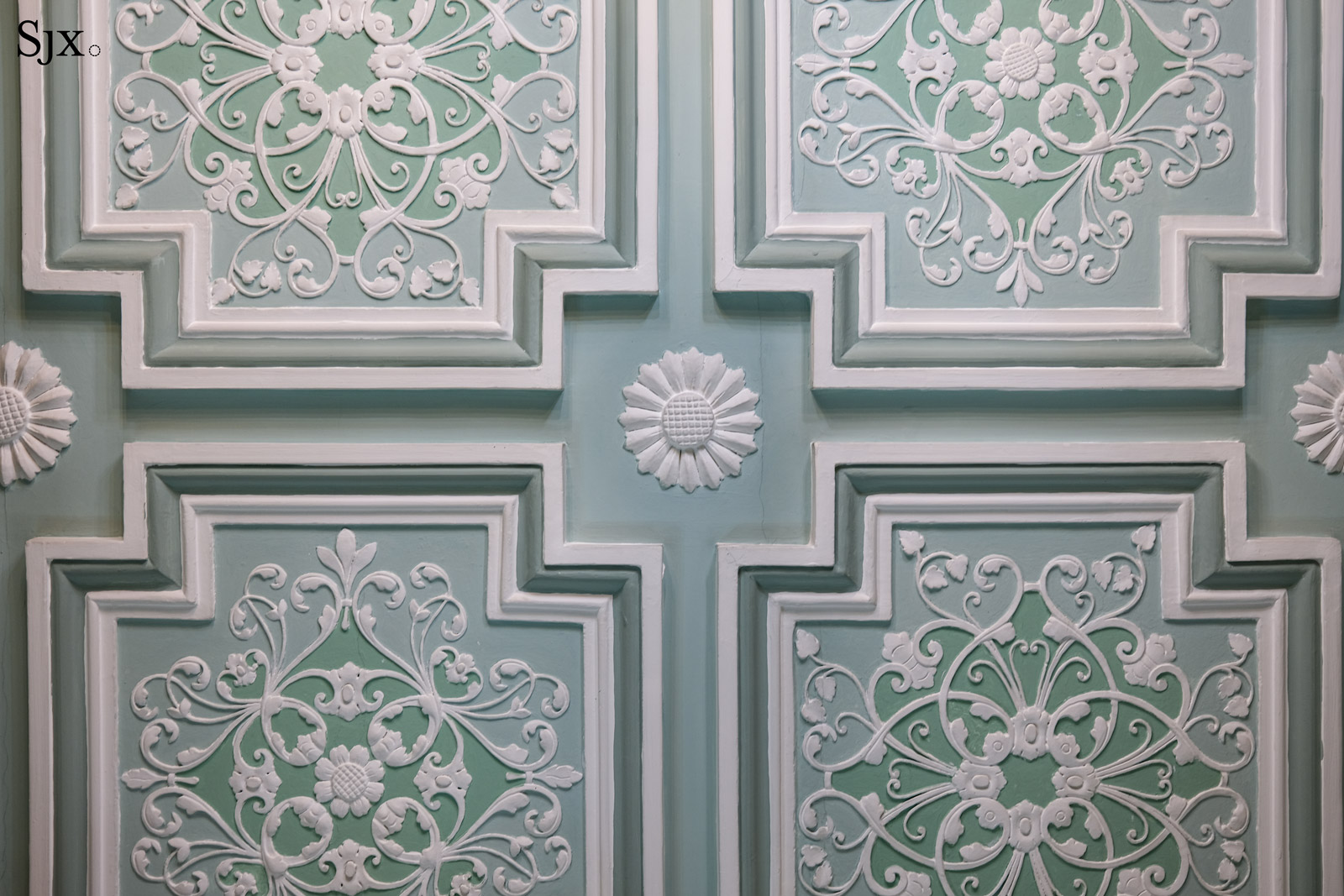
Khodadad’s rebuilding of the house was a no-expense-spared exercise that took more than a decade. He acquired a small building in a somewhat raw and dilapidated state, but oversaw the transformation of the one-story structure into a magnificent two-story building of some 700 square meters, or just over 7,500 square feet, sitting at the centre of a serene 5,000 square-meter garden.
According to the government foundation organisation that currently owns the building, some of Iran’s most famed craftsmen and artists of the 1960s toiled nonstop for a dozen years to realise Khodadad’s vision. The project was supervised by one of the most famous civil engineers of the period, while the design of the mansion was the work of two of the most prominent architects of the day, Mohammad Kashi and Ramezan Abbasian.
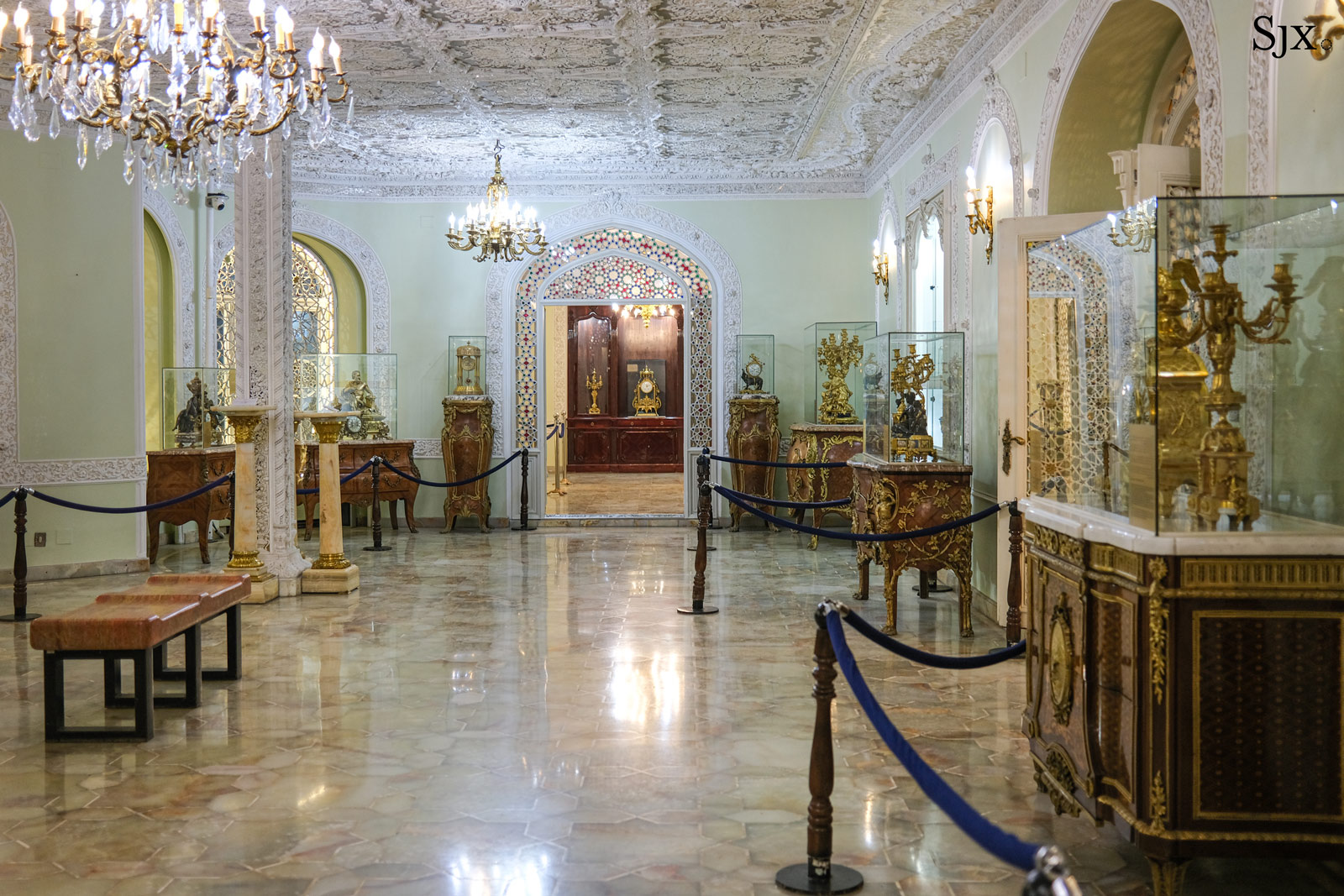
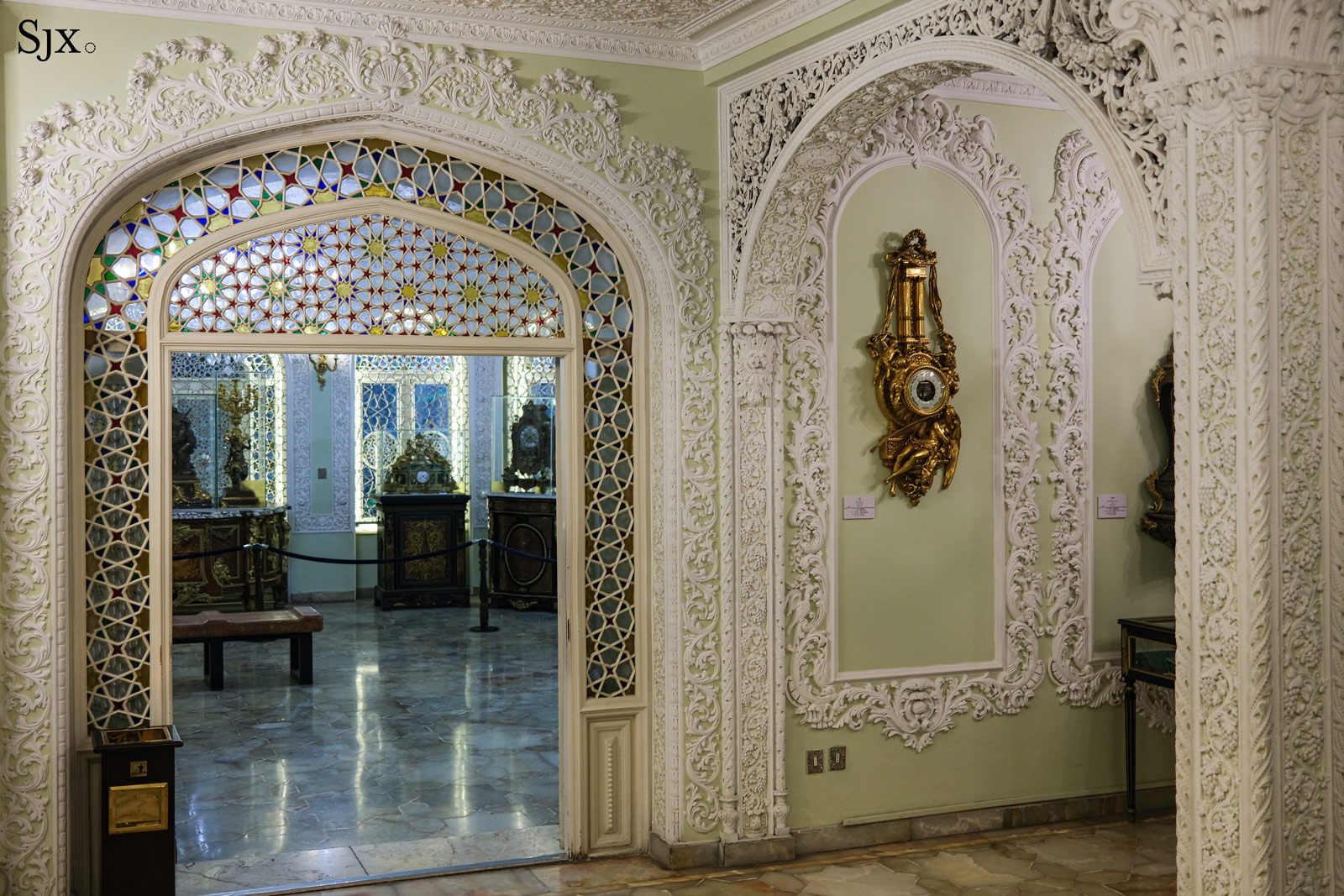
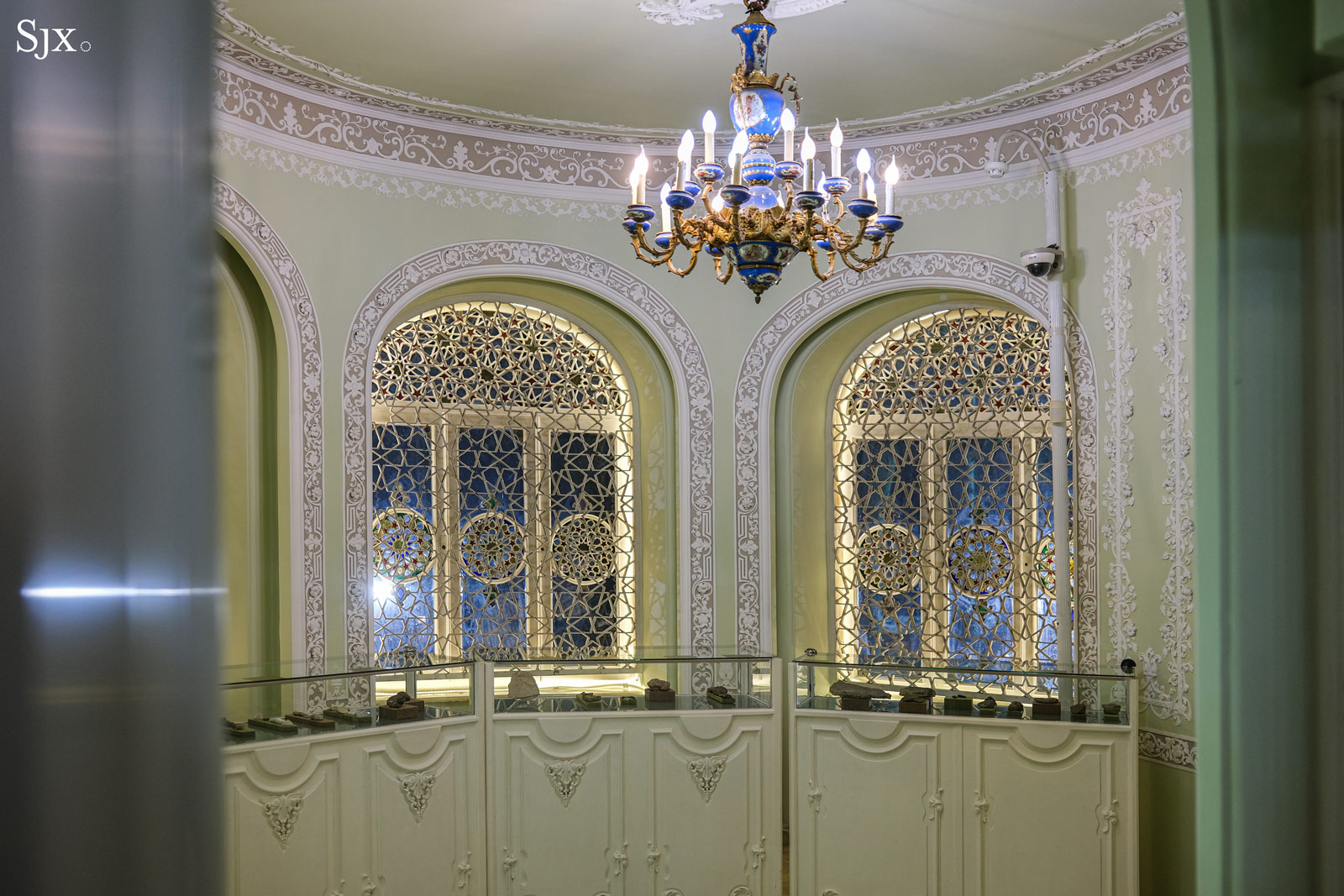

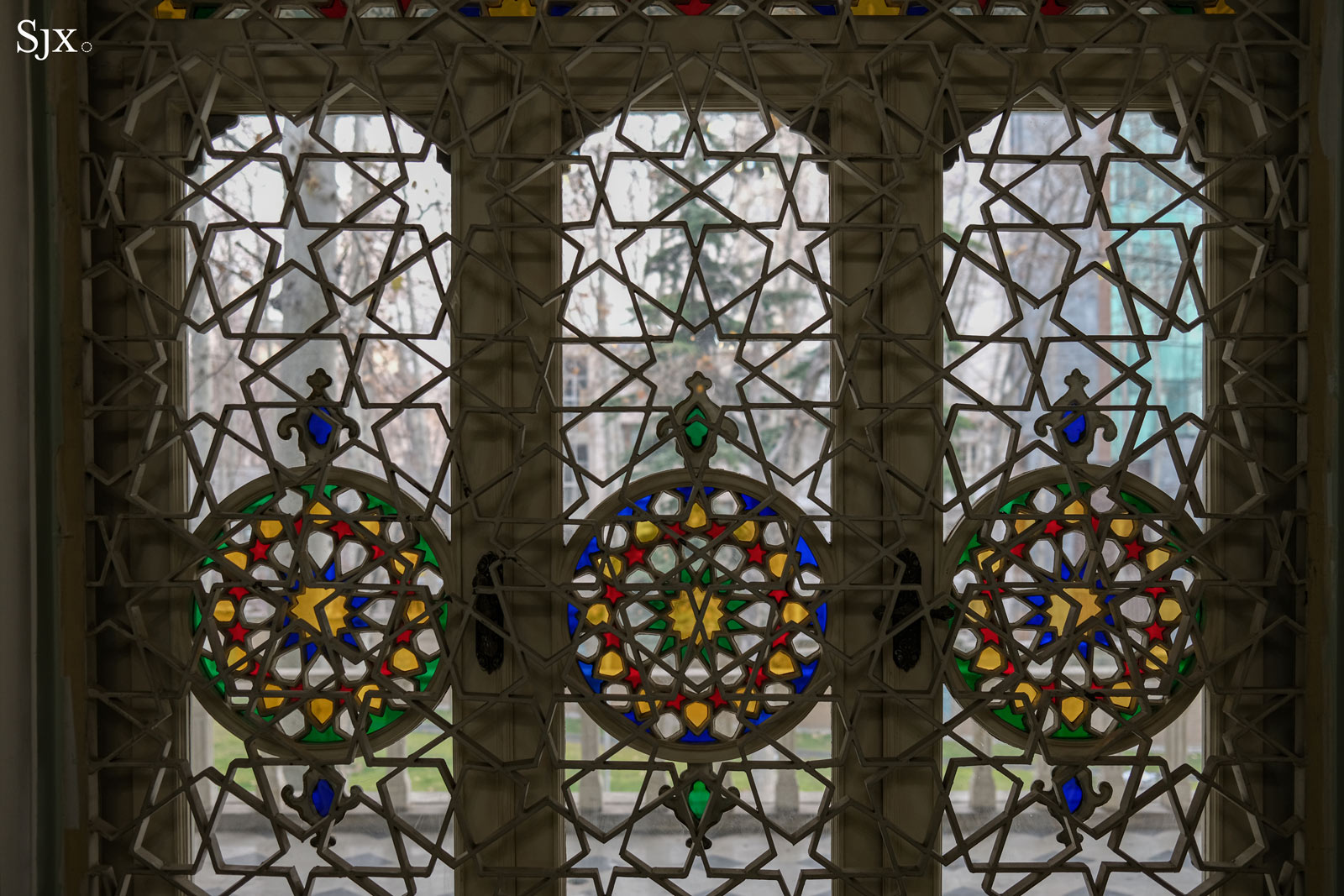
The mansion was entirely decorated in ornamental motifs of repeating patterns and geometric shapes that are typical of the traditional architecture of the region. In fact, Khodadad wanted the house to be a canvas for stucco, otherwise known as decorative plaster, long a key element of Persian architecture.
Throughout Persian history, stucco has always been crucial part of the artistic expression in architecture. Its use in the buildings of the region dates back some three millennia.
Noted stucco mason Abdulkarim Navid Tehrani was recruited to oversee the building’s decoration, inside and out. Tehrani in turn recruited 40 more prominent plasterers to style and execute the decoration across different sections of the building. In other words, during the renovation, Khodadad became the workshop that gathered the country’s best specialists in stucco, a key element of Persian architecture for centuries.
While the entire building is decorated with stucco, one room in particularly has more of it, being entirely decorated in stucco from top to bottom. The room was named the Isfahani Room after the genre of Persian architecture that inspired the home. The style originated in the city of Isfahan, capital of the Persian Empire for almost a thousand years started from the ninth century.
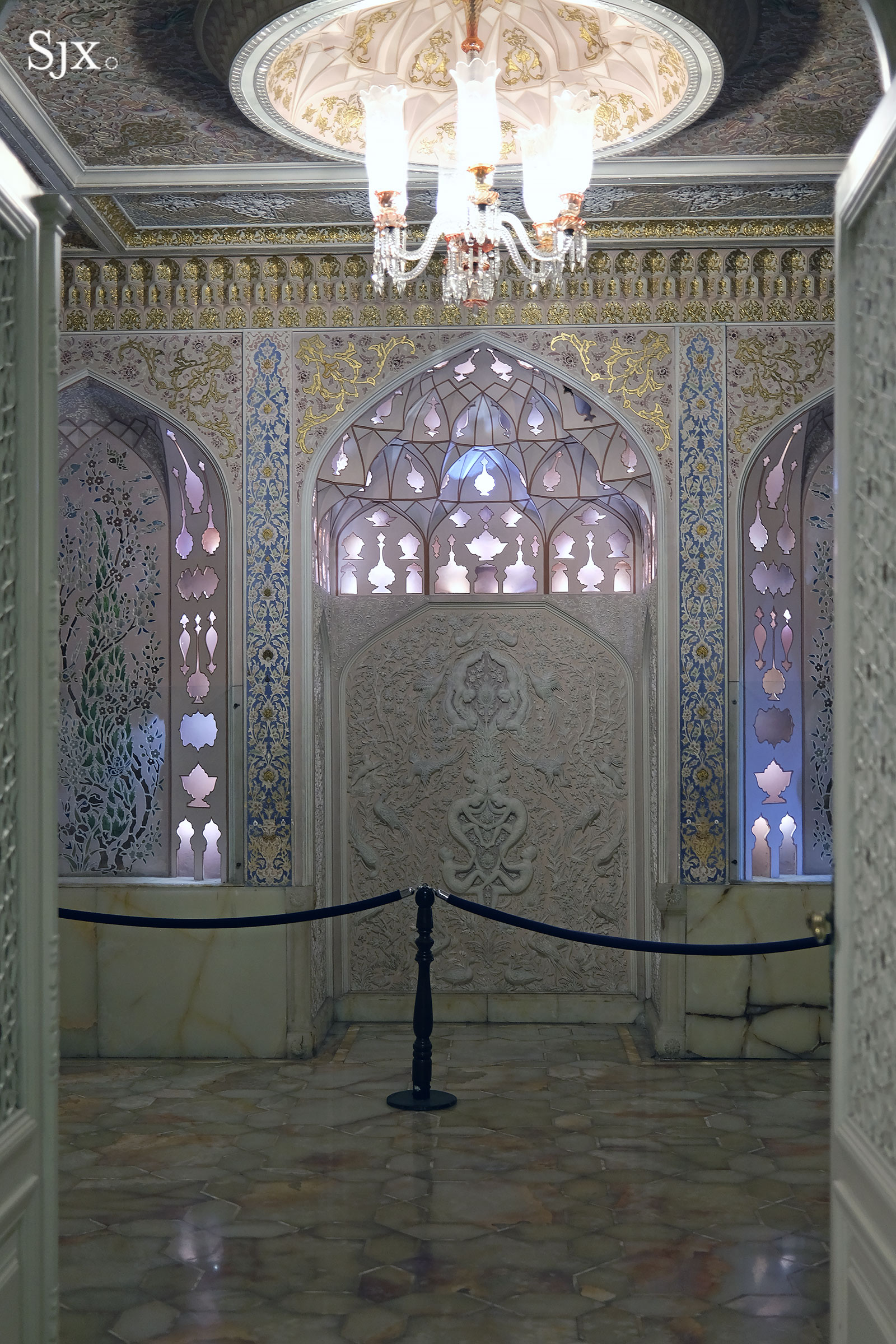
The Isfahani Room

A stained glass window in the Isfahani Room

The chandelier in the Isfahani Room with its ornate stucco ceiling

Another chandelier in the Isfahani Room
Beyond the Isfahani Room, the mansion is ornamented with a variety of fittings and decorations throughout its rooms, which range from chandeliers to stained glass, and of course more stucco.
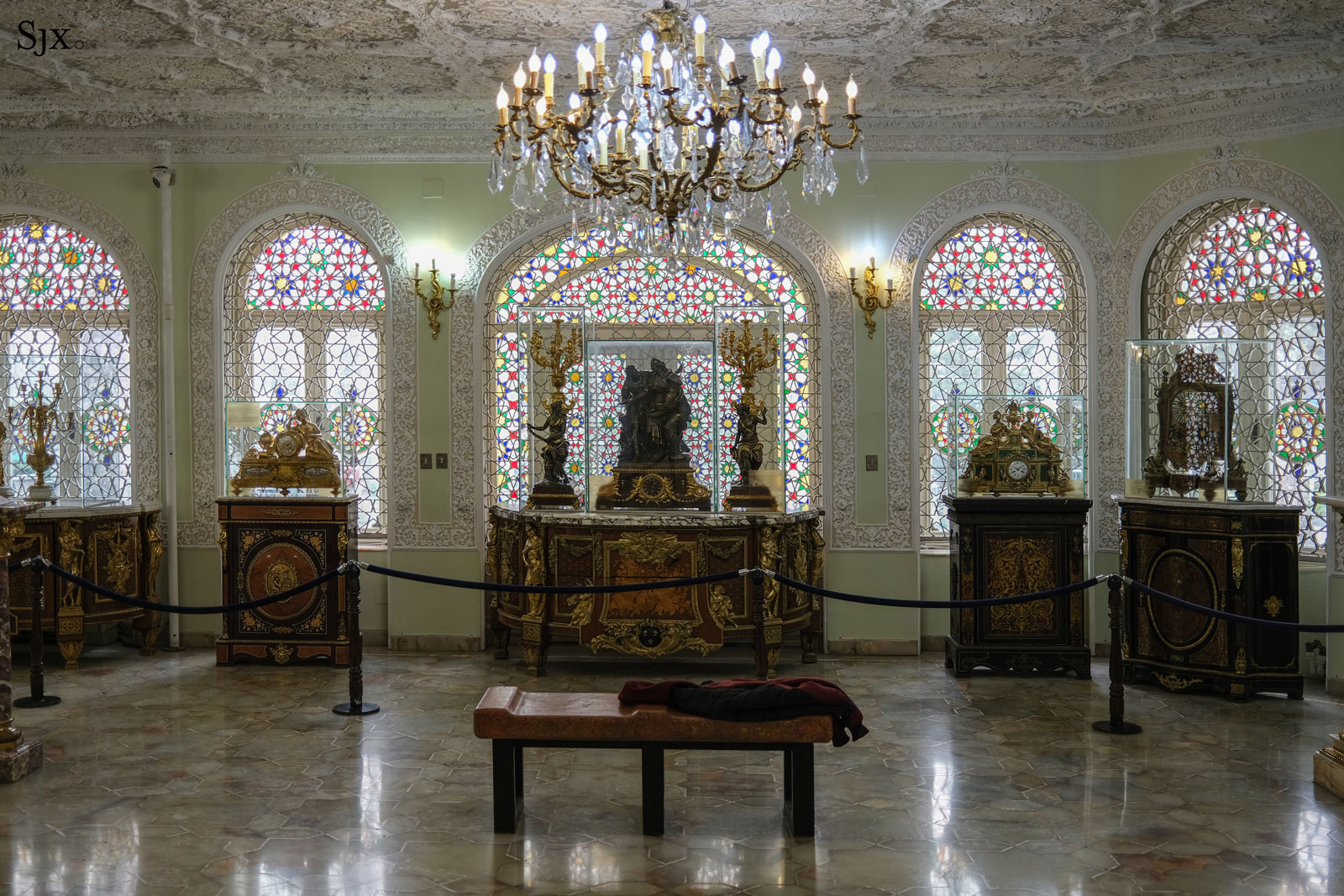
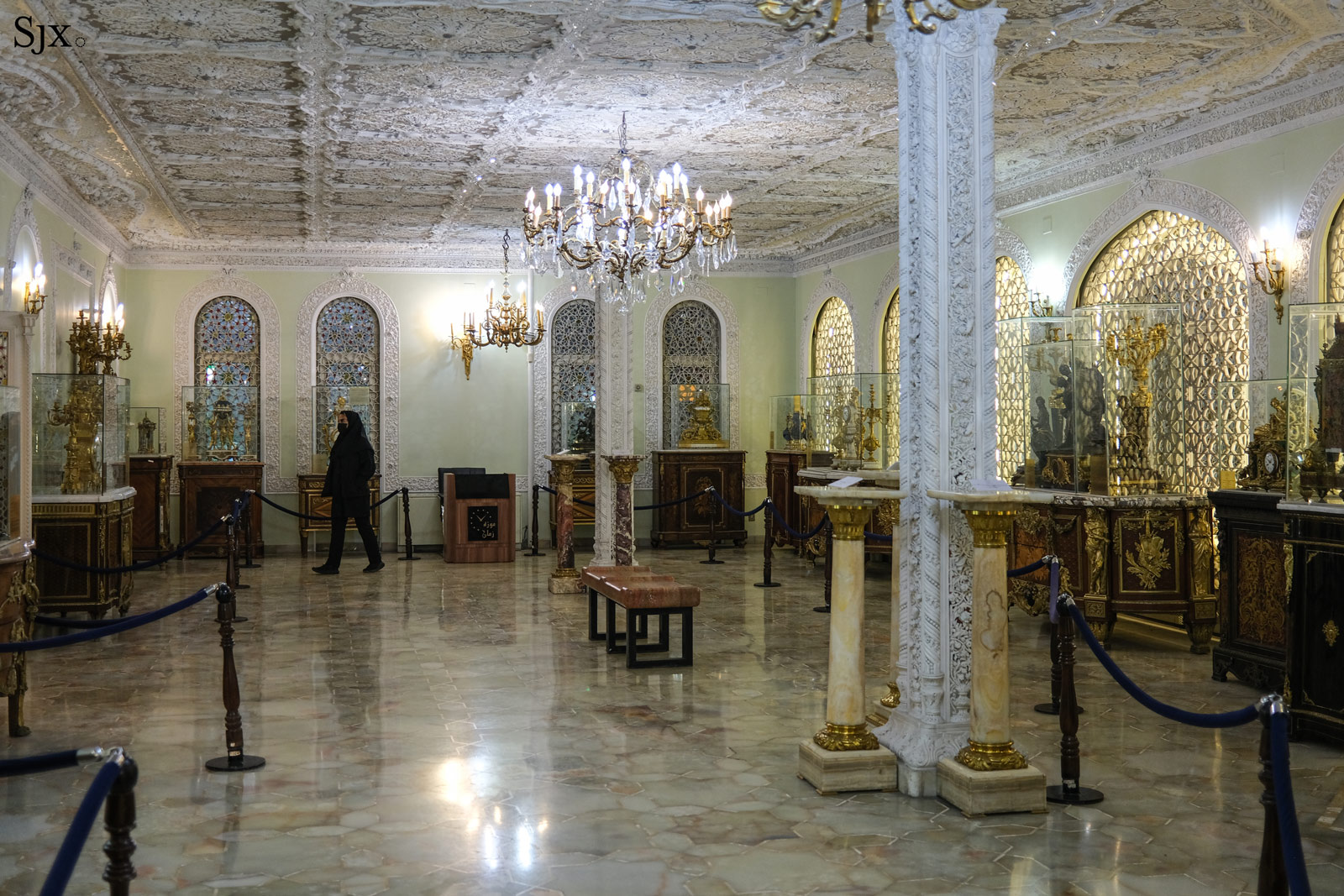

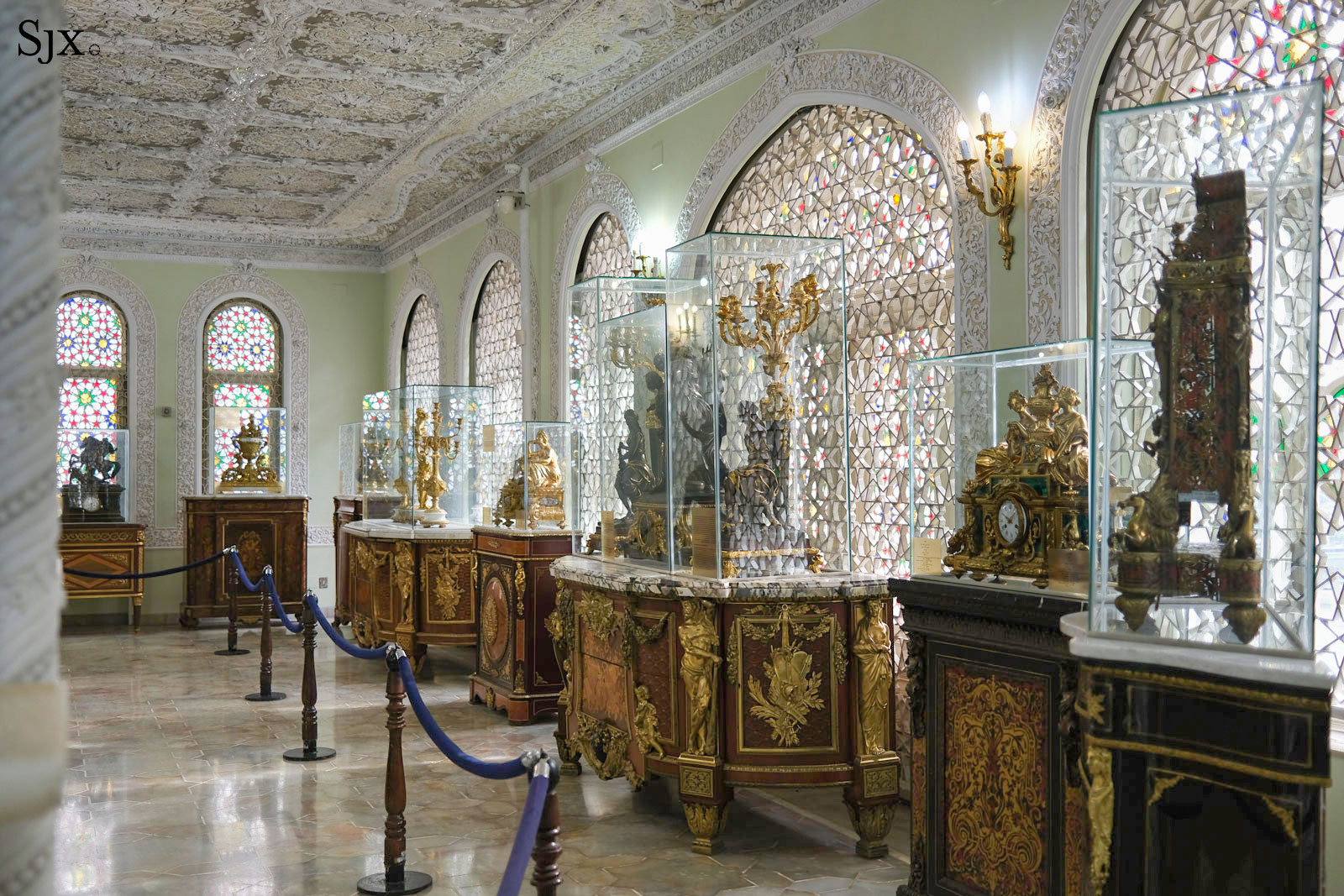
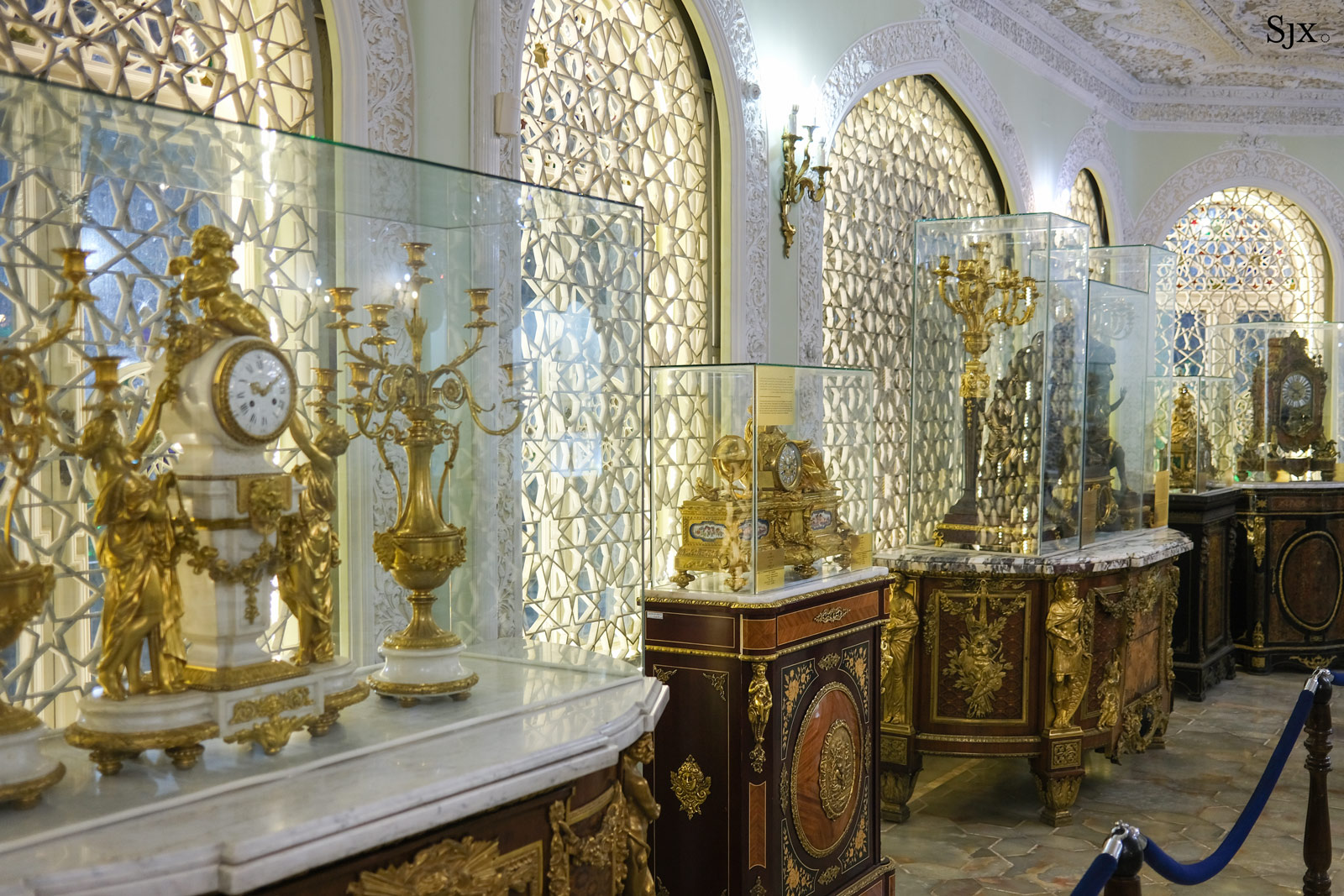


Impressive stucco
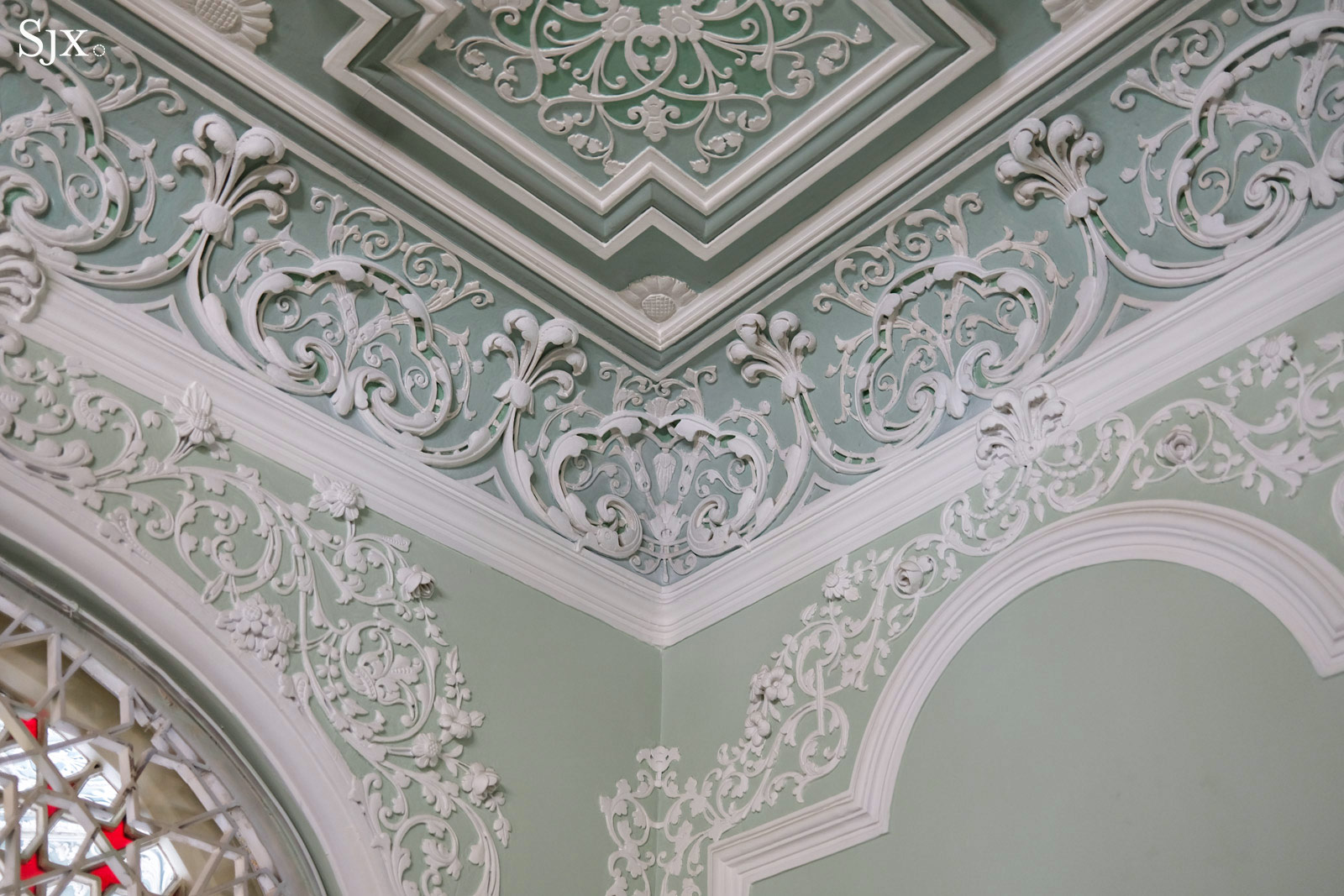
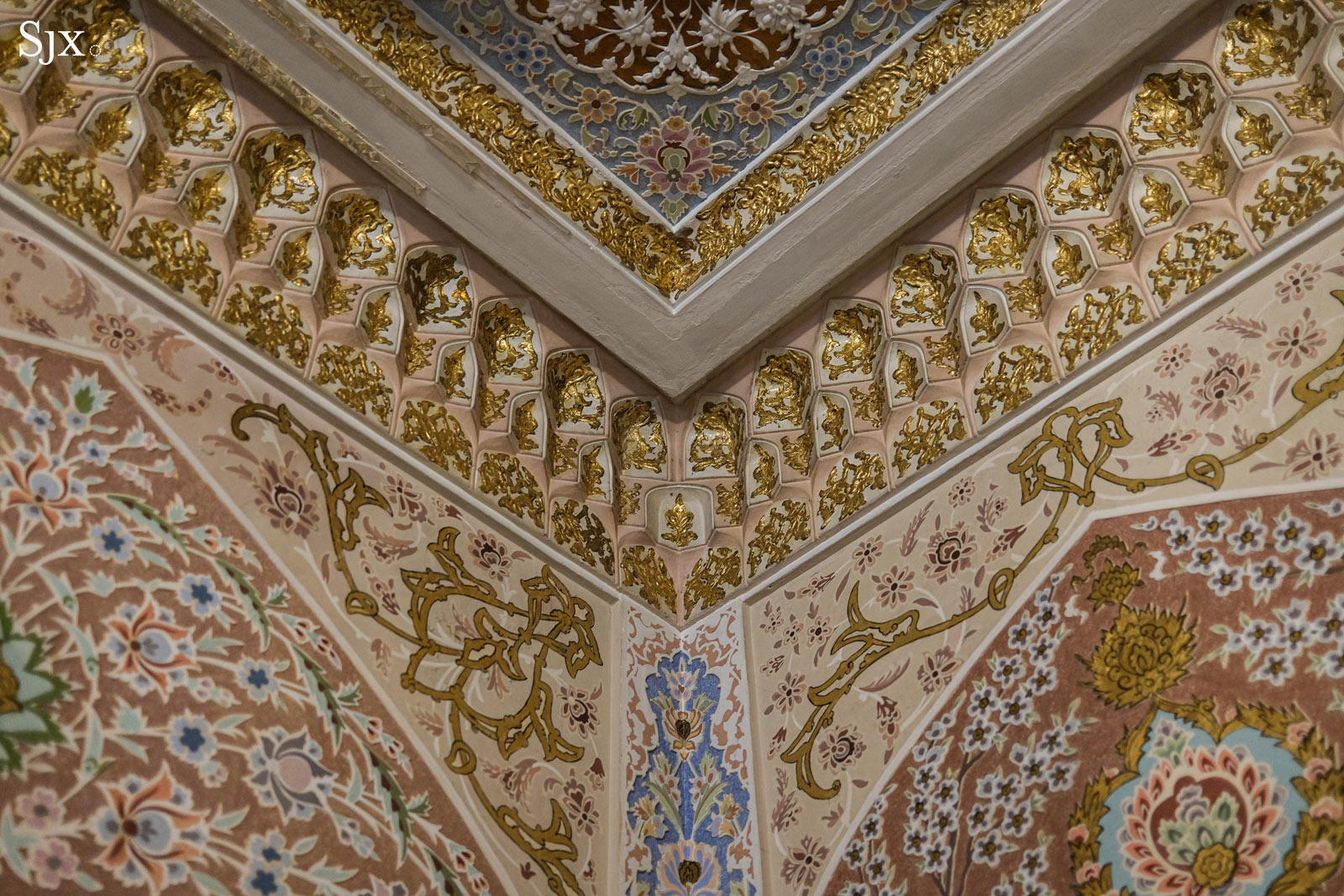
Some rooms are intricately painted and gilded from floor to ceiling

All of the chandeliers are ornate and individually unique, each made from a variety of materials ranging from glass to porcelain

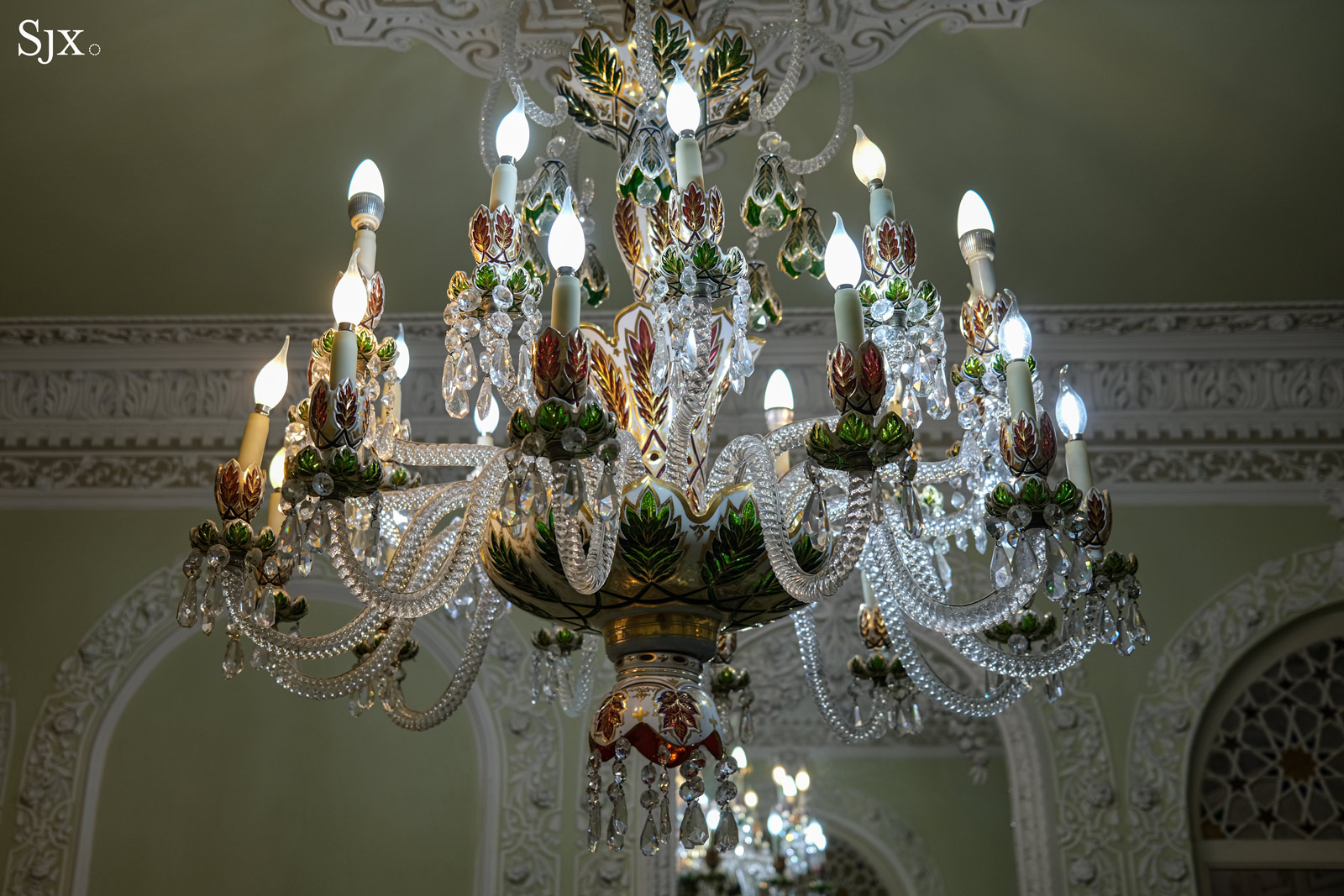

Finally, the mansion was completed in 1978 and Khodadad moved in. His residency, however, would be short-lived.
Just a few months before the fateful weeks of February 1979, Khodadad left for the United States on a trip that was supposed to have just a few days but became permanent exile. With the country in turmoil by late 1978, events moved swiftly and the Shah was overthrown by the Islamic Revolution.
In the wake of the revolution, “revolutionary courts” were established to try prominent members of the deposed regime. They included political and military figures, as well as businessmen, most of whom were sentenced to death – including airforce general Nader Jahanbani – save for a lucky few who were condemned to long prison terms.
Khodadad was out of reach for the revolutionary courts, but the mansion was there for the taking. And so his prized home, like many other properties that belonged to figures from the old regime, was confiscated.
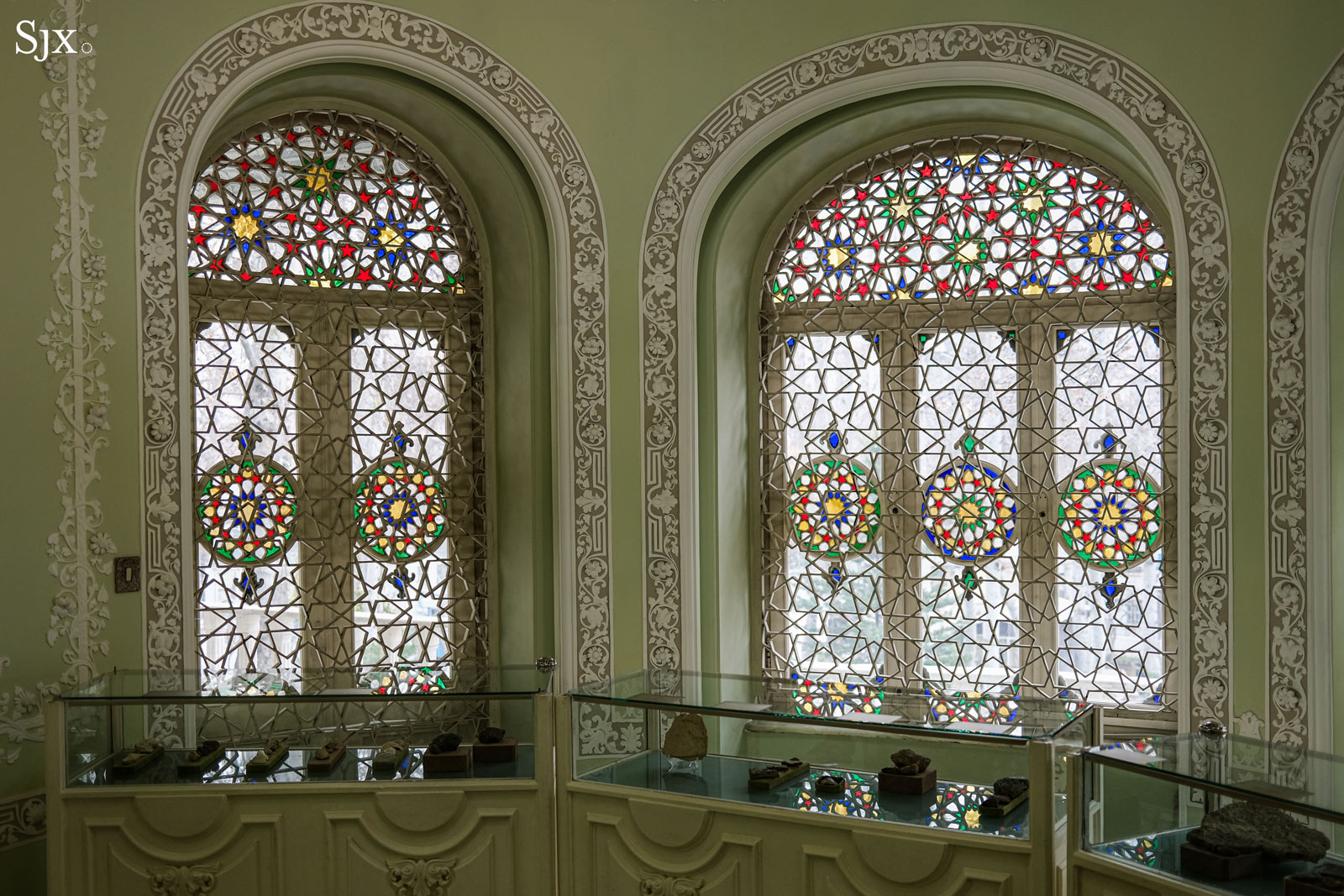
Another recurring decoration throughout the building is stained glass, which can be found in most windows of the building
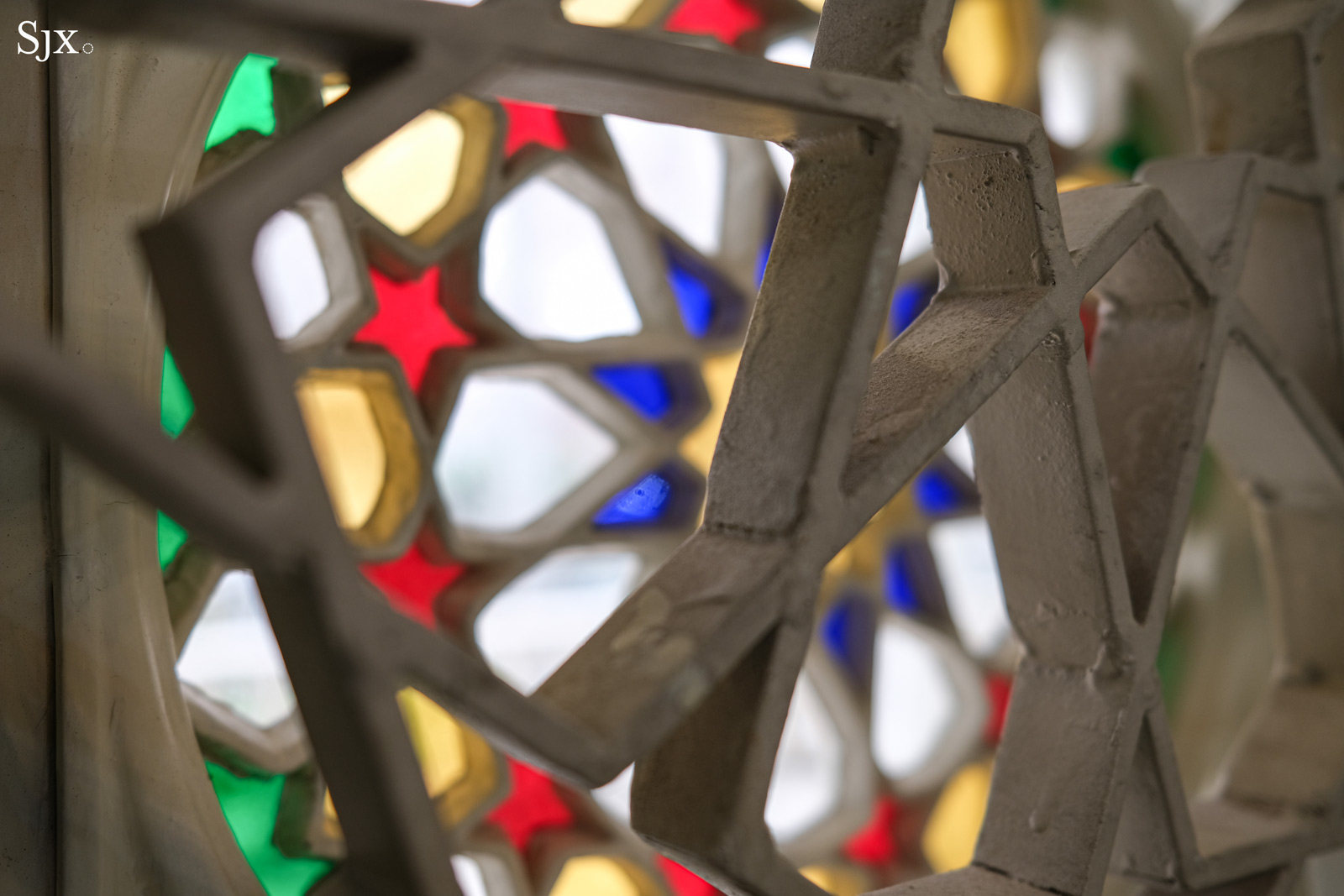
The star motif of the stained glass is echoed by the metal grilles behind the ground-level windows
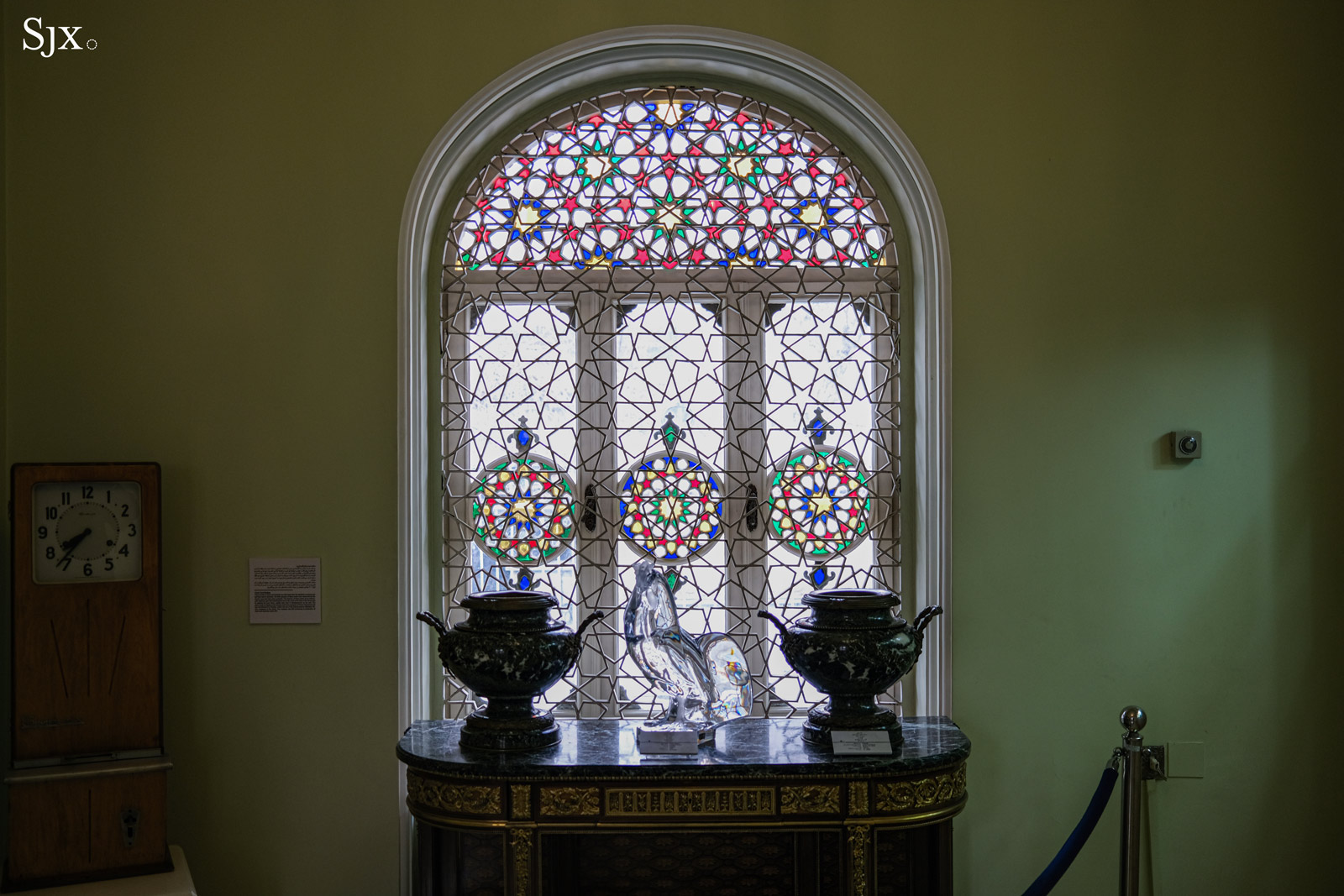

Today the home and museum is owned by the Mostazafan Foundation – simply known as “The Foundation” in Iran – one of the most important government organisations in the Islamic Republic. The Mostazafan Foundation controls a vast swathe of real estate as well as numerous businesses, with many of its assets having once been owned by individuals associated with the Shah’s government.
Amongst the Mostazafan Foundation’s many departments is the Cultural Institute of Museums, which oversees the numerous institutions it controls. They include museums dedicated to traditional textiles, historical weaponry and arms, jewellery, and pottery, but the best known internationally is the National Car Museum that’s home to the car collection once owned by the Shah.
In 2000, the Cultural Institute of Museums converted Khodadad’s house into a repository for Mostazafan Foundation’s collection of timepieces, many of which, like the house itself, are confiscated property. On the other hand, some of timepieces on show were donated to the museum by private individuals over the years.
Although the timepieces are well cared for, the museum has yet to cultivate the specialist knowledge required to carefully catalogue the exhibits. Consequently, only cursory information is provided for each exhibit, the oldest of which are more than 200 years old.
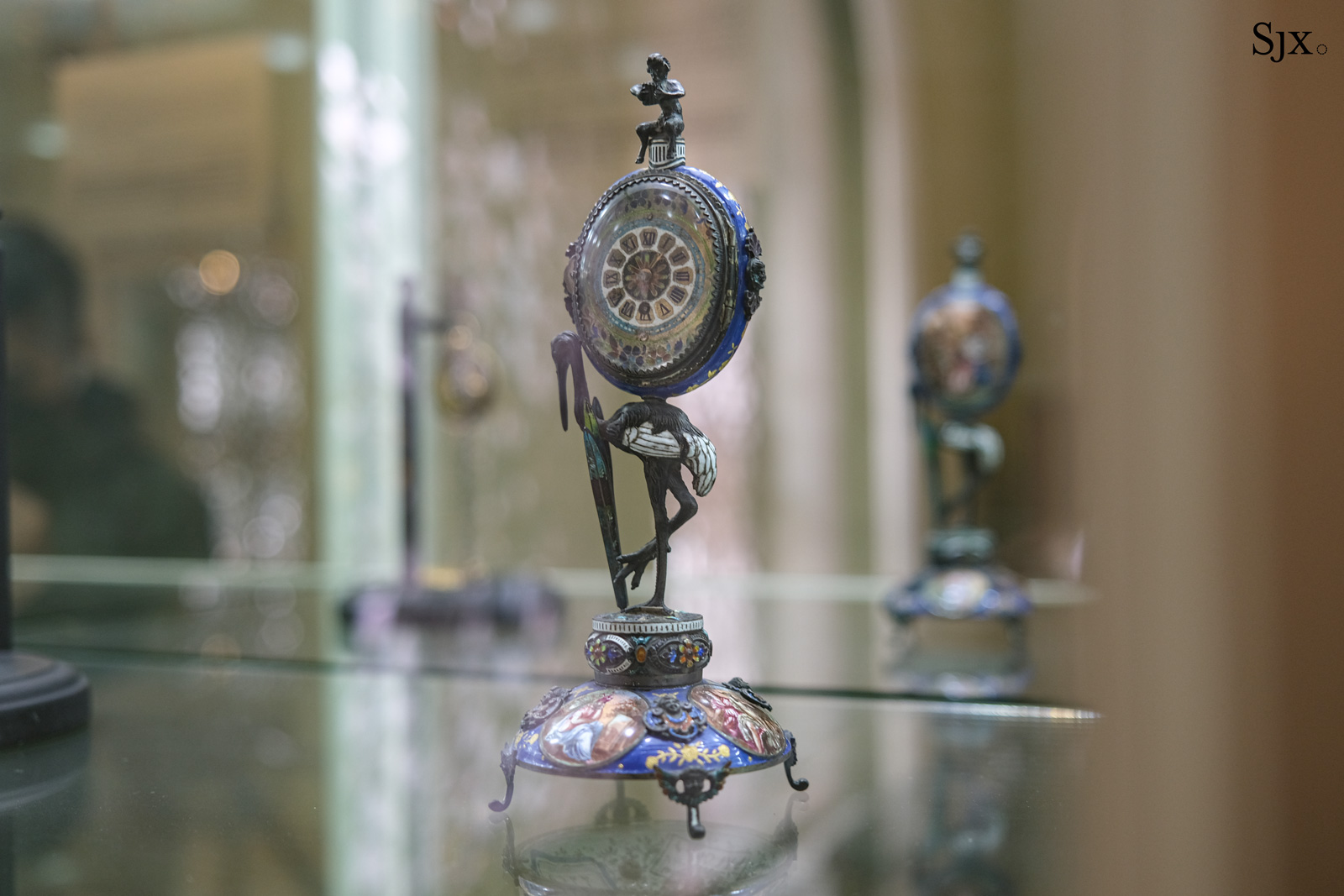
One of the oldest exhibits: an 18th century clock made by Hitzinger of Vienna
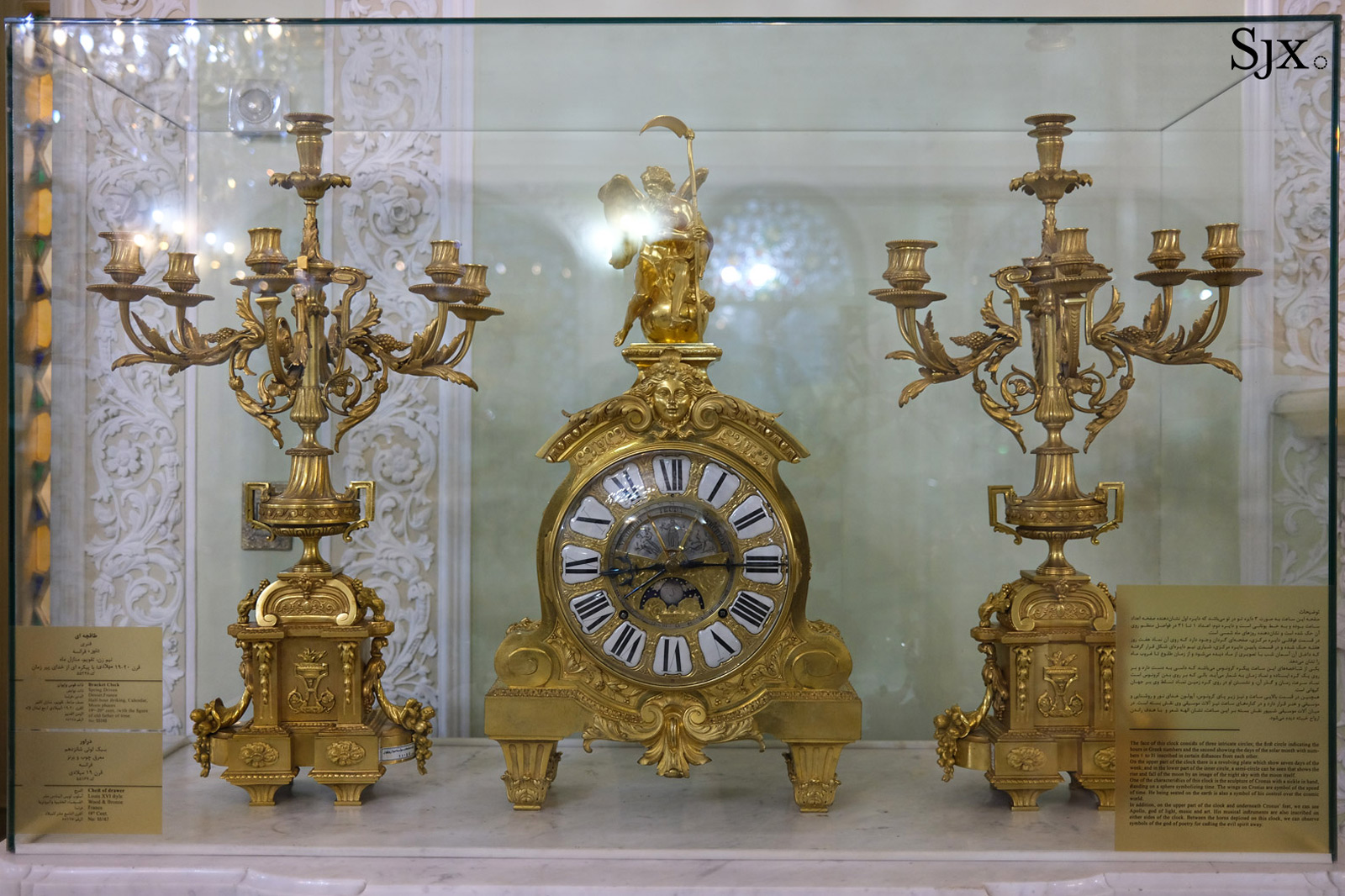
A 19th-century French clock with a calendar and moon phase
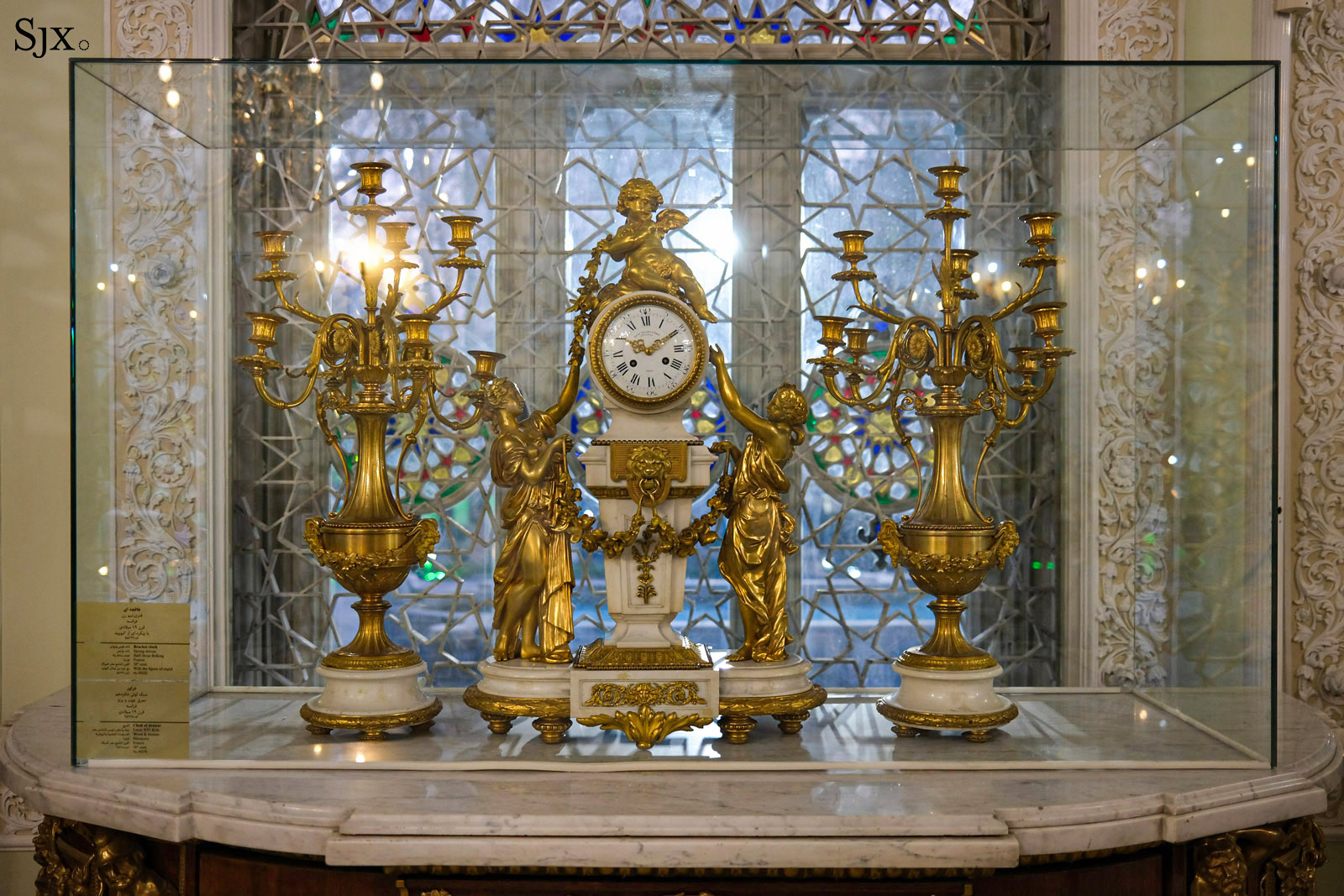
A 19th century, half-hour striking clock with a depiction of cupid
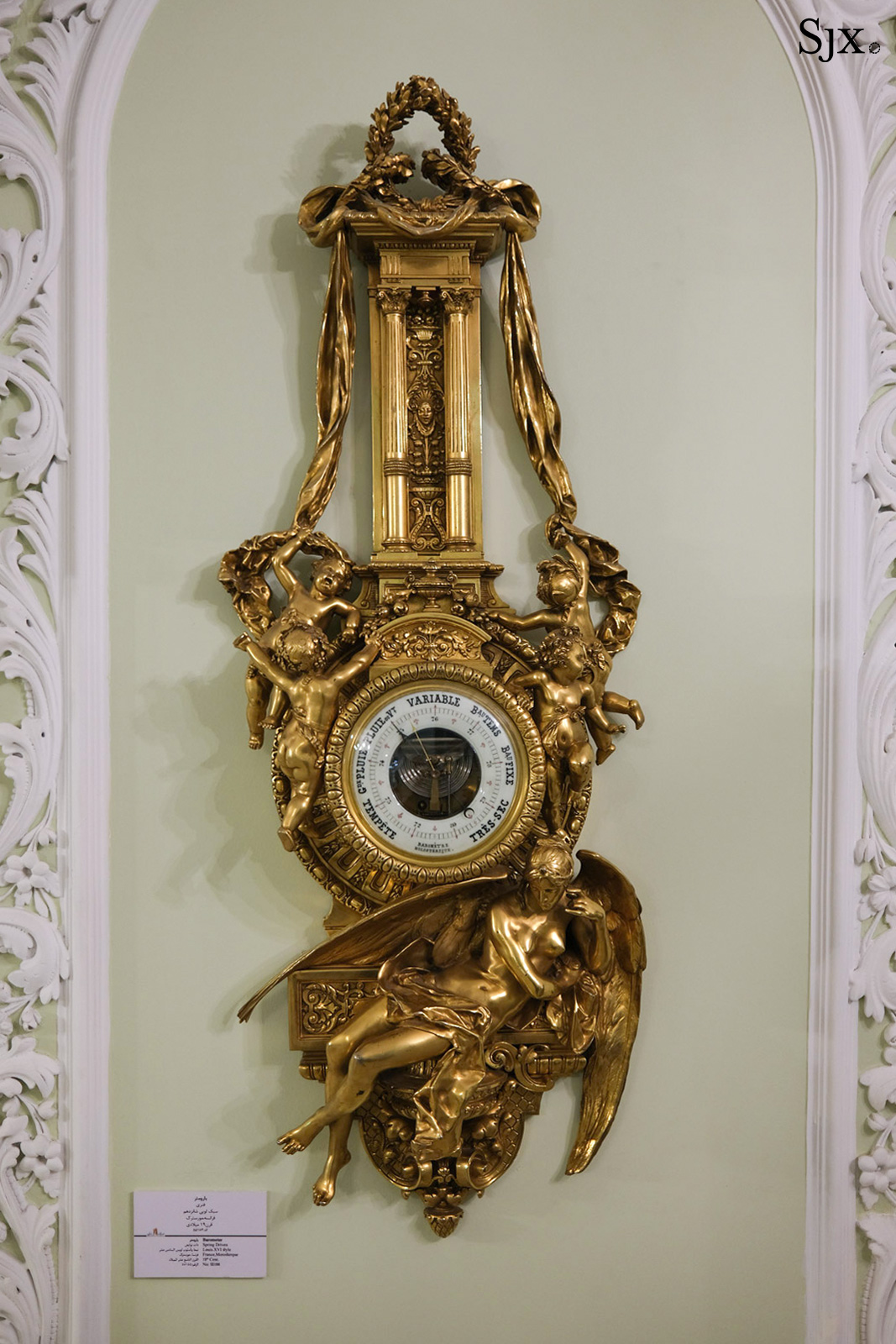
A Louis XVI wall clock

A 19th-century French clock decorated in gilt and porcelain panels
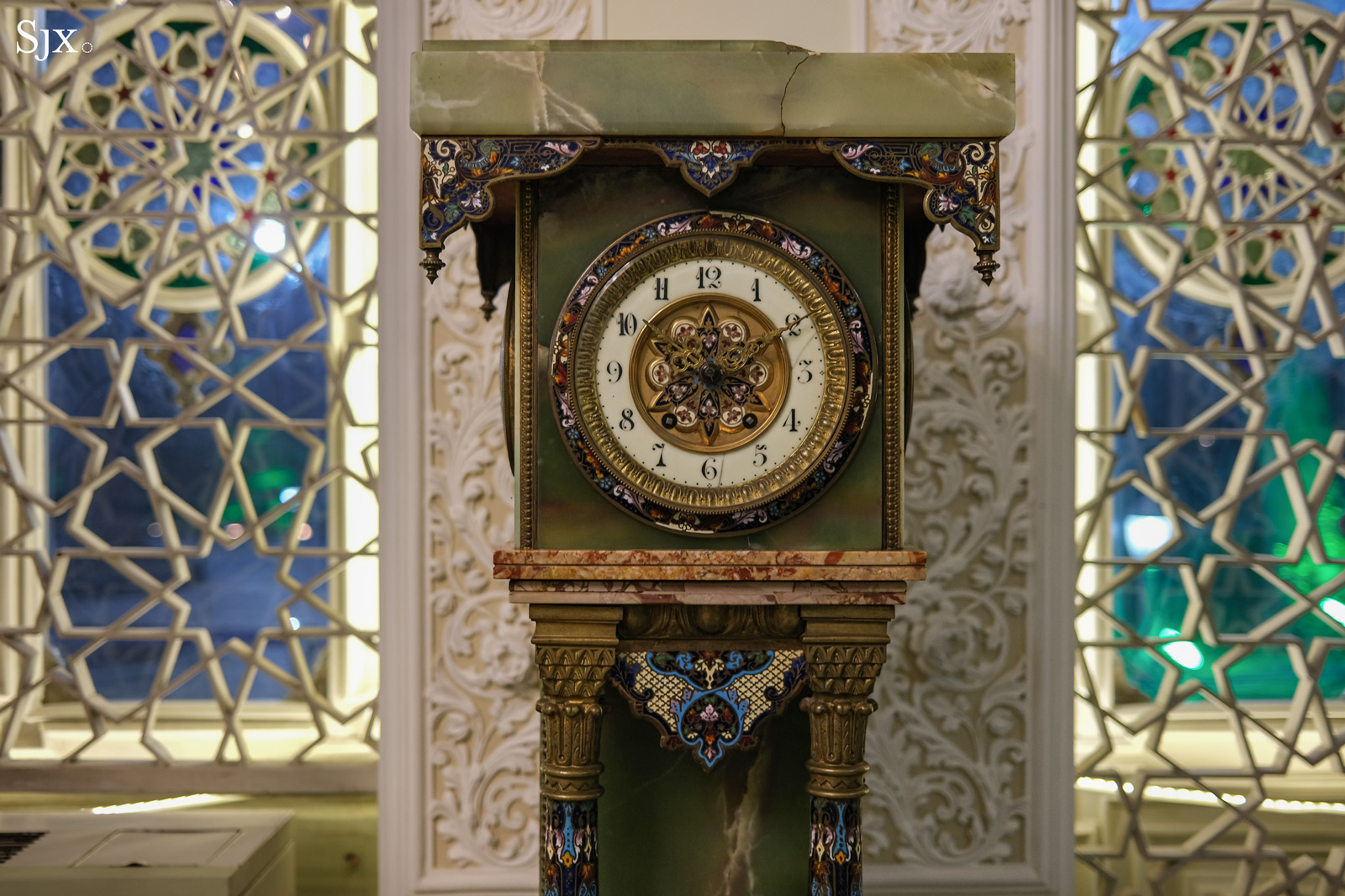
A 19th century French clock with Islamic-inspired decoration

A 19th century French clock in a Chinese-inspired design and decorated in cloisonné enamel
Several of the timepieces on reflect Iran’s imperial past, with many bearing portraits of past Shahs.
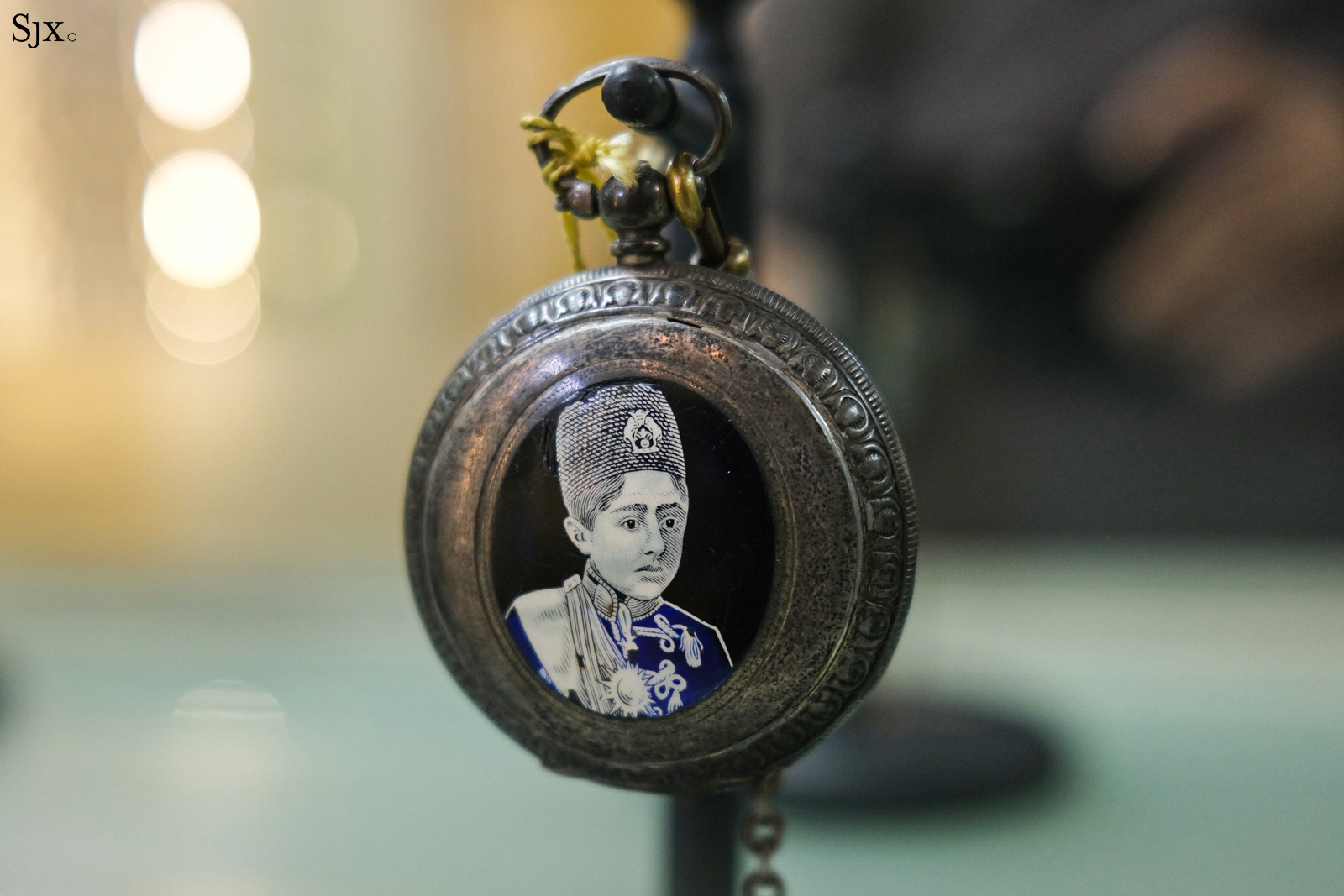
A pocket watch with an enamel portrait of Ahmad Shah, the last ruler of the Qajar Dynasty
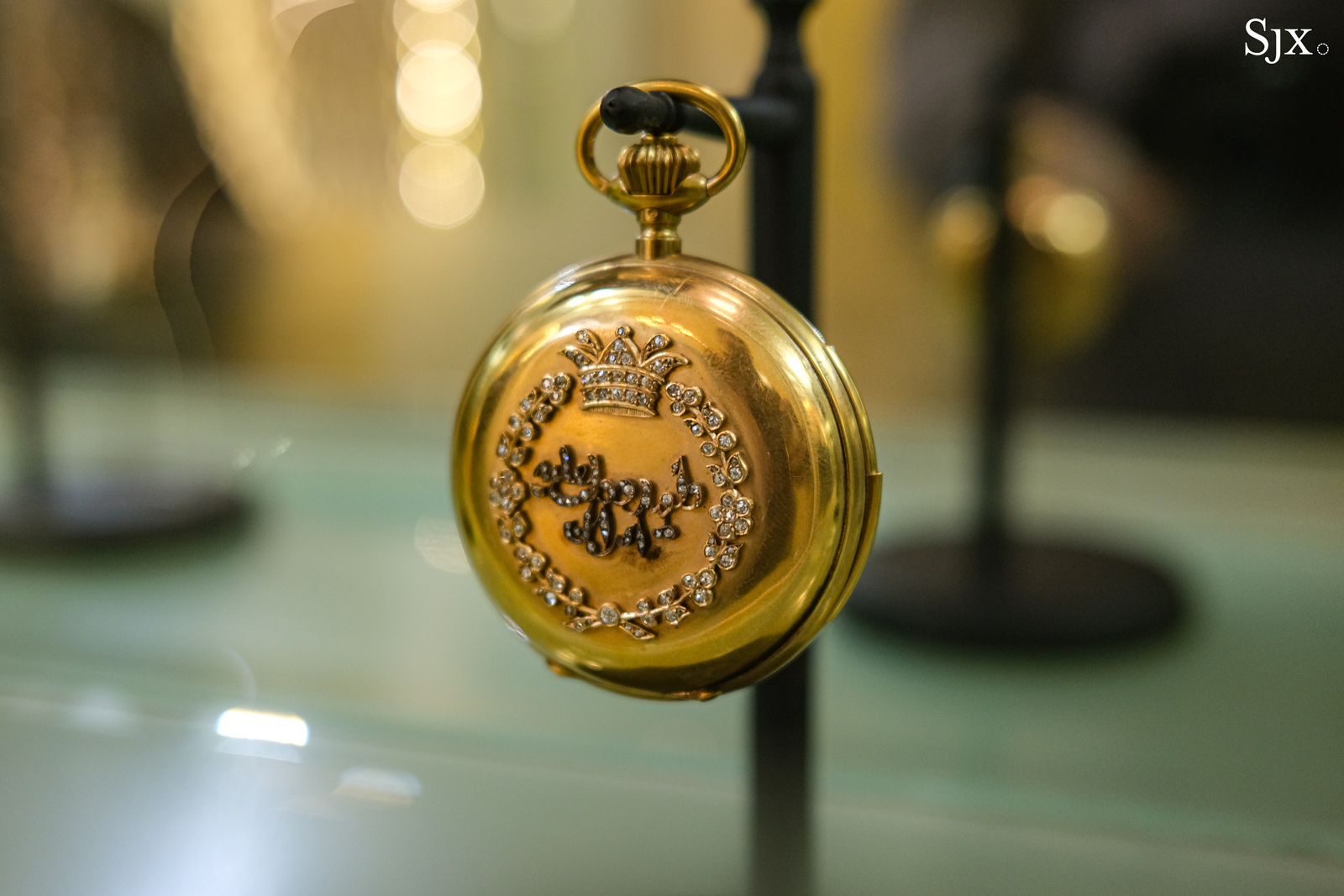
A minute repeating pocket watch with Ahmad Shah’s royal cipher on the lid

A watch that once belonged to Mizra Hosein Khan with his miniature portrait on the lid; he was prime minister during Naser al-Din Shah Qajar reign and also the ambassador to the Ottoman Empire

A Swiss pocket watch set with pearls and bearing Turkish numerals on the dial, which is typical of watches made for the Ottoman Empire

A sundial clock made for Naser Al-Din Shah of the Qajar dynasty
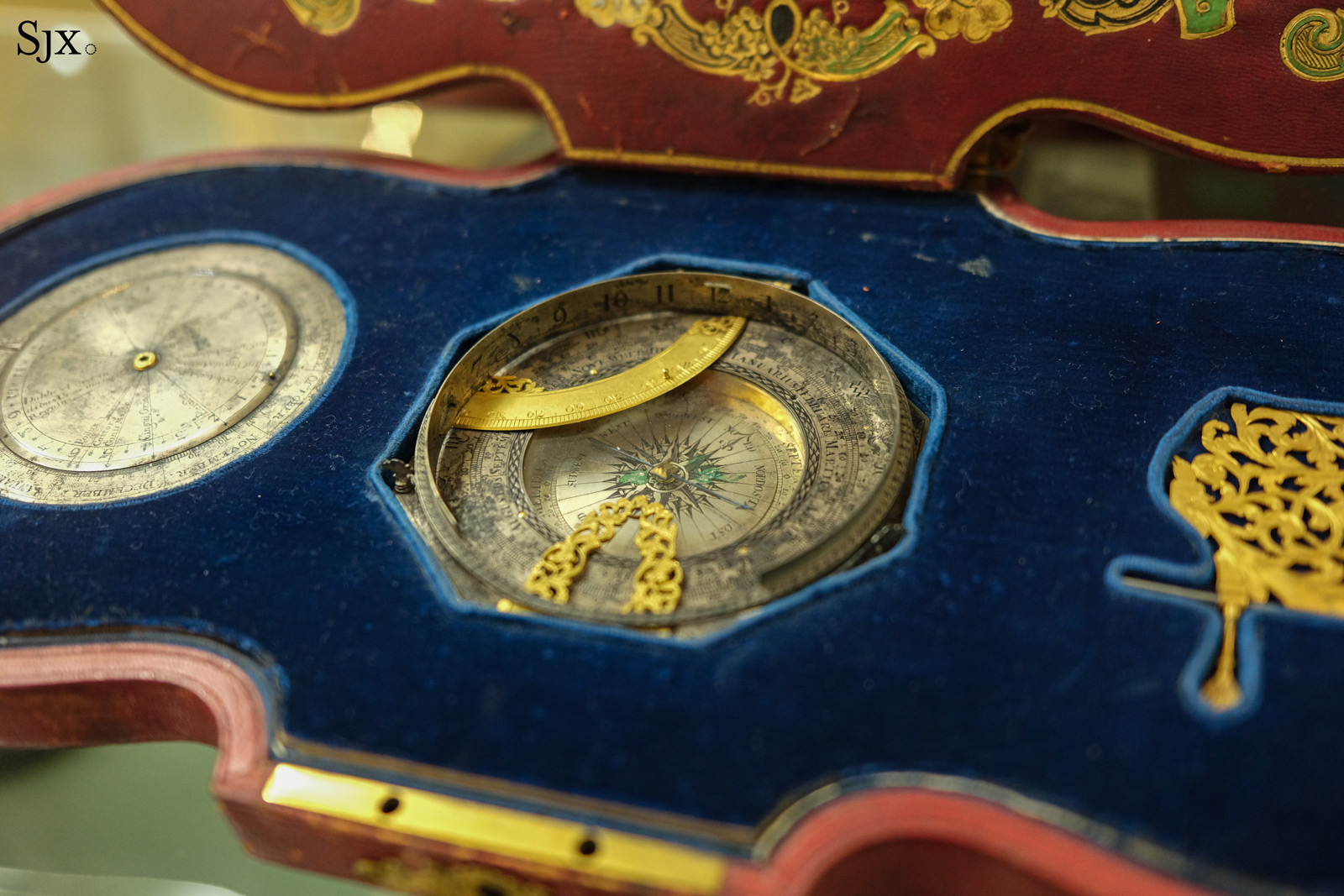
The timepieces on show also encompasses wristwatches up to the 1970s before the revolution.
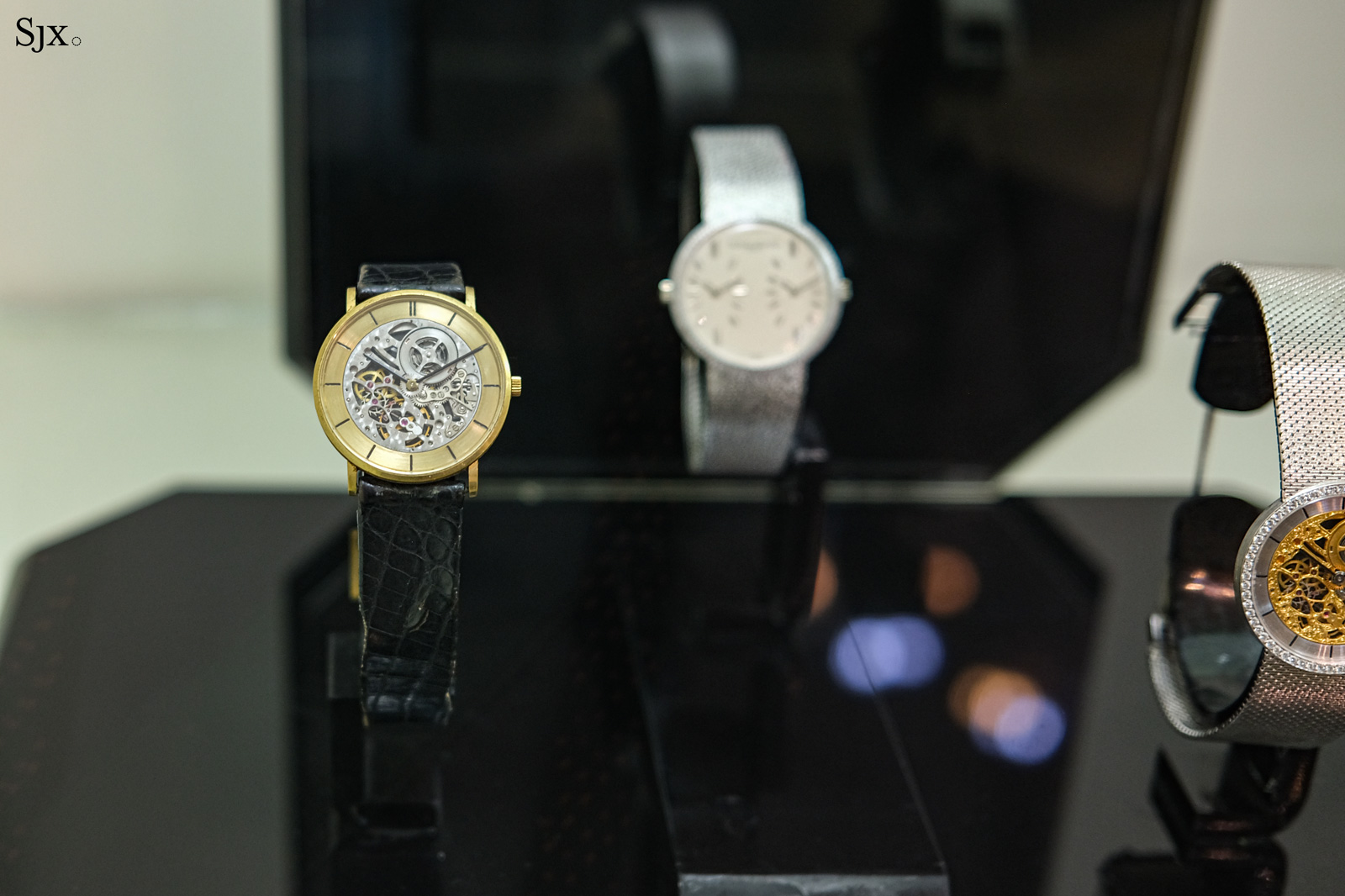
An Audemars Piguet skeletonised wristwatch

Also an Audemars Piguet skeletonised wristwatch, but here with an integrated bracelet of the style popular in the 1970s
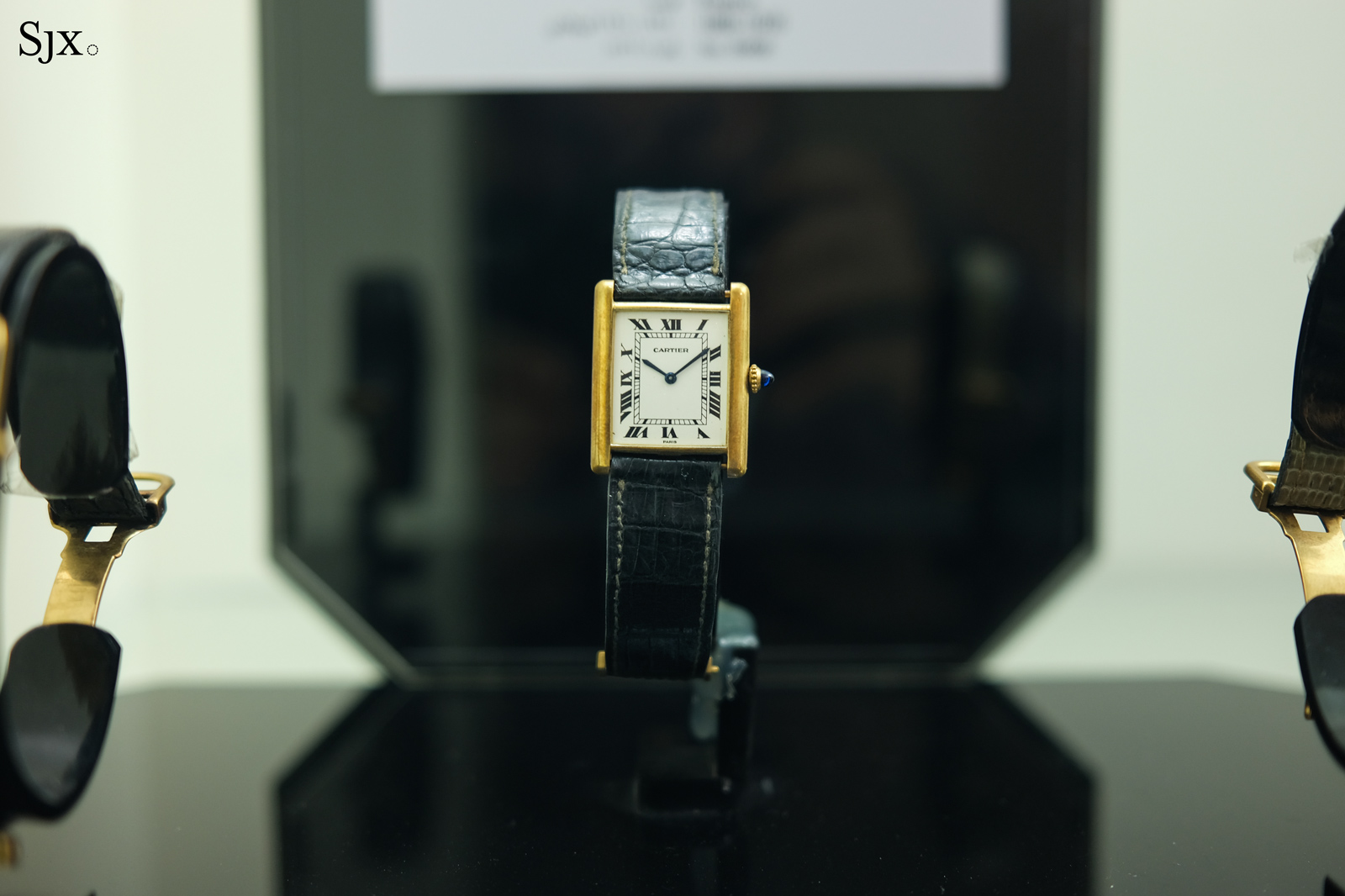
A 1960s Cartier Tank Louis Cartier
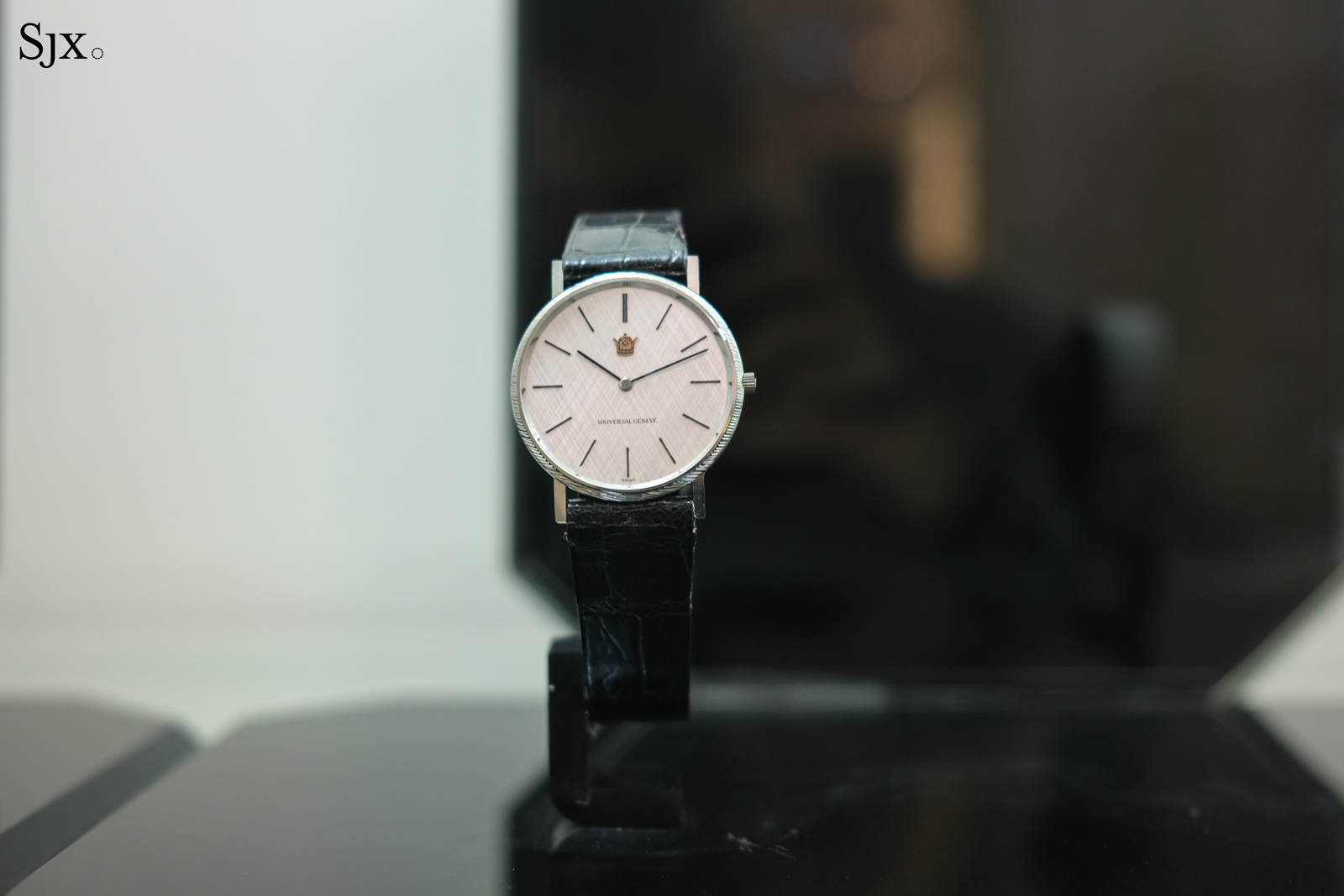
A Universal Geneve wristwatch bearing feathered crown emblem of the Pahlavi dynasty

A Universal Geneve wristwatch bearing the national emblem of Saudi Arabia
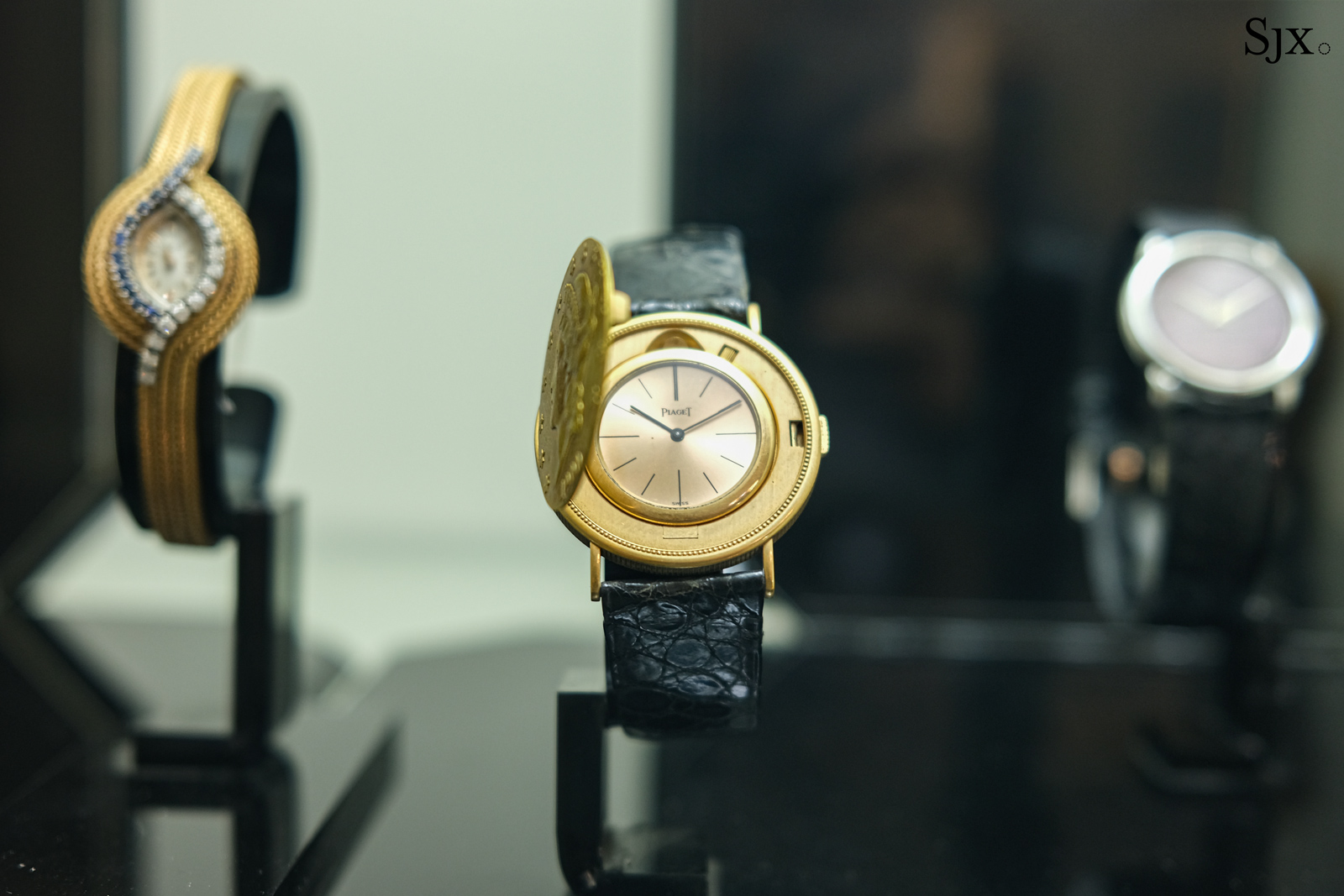
The museum also displays a selection of wristwatches, including this 1970s Piaget coin watch
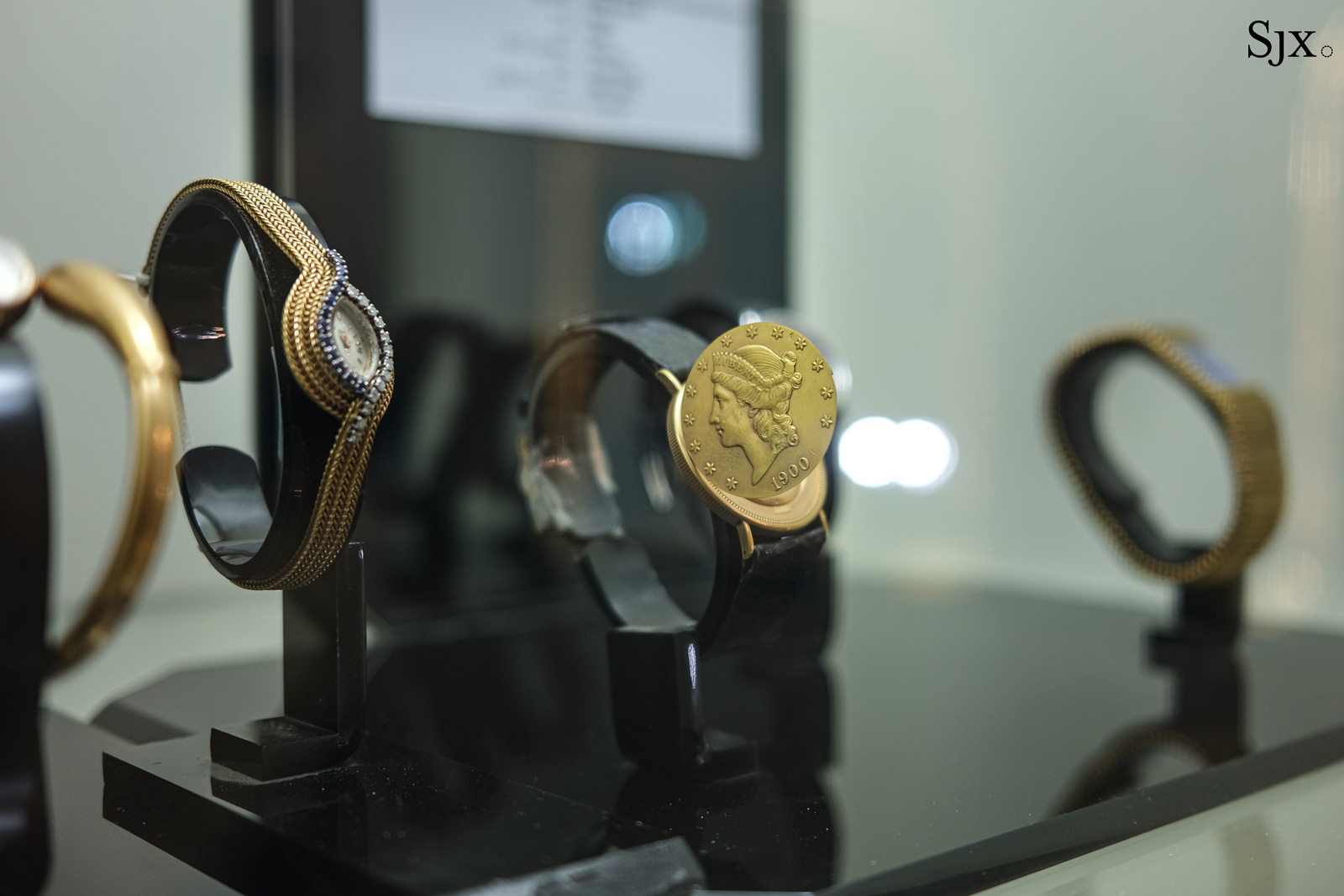
And being a museum dedicated to timepieces and timekeeping, the former mansion also includes a variety of intriguing clocks and some artwork relating to time.
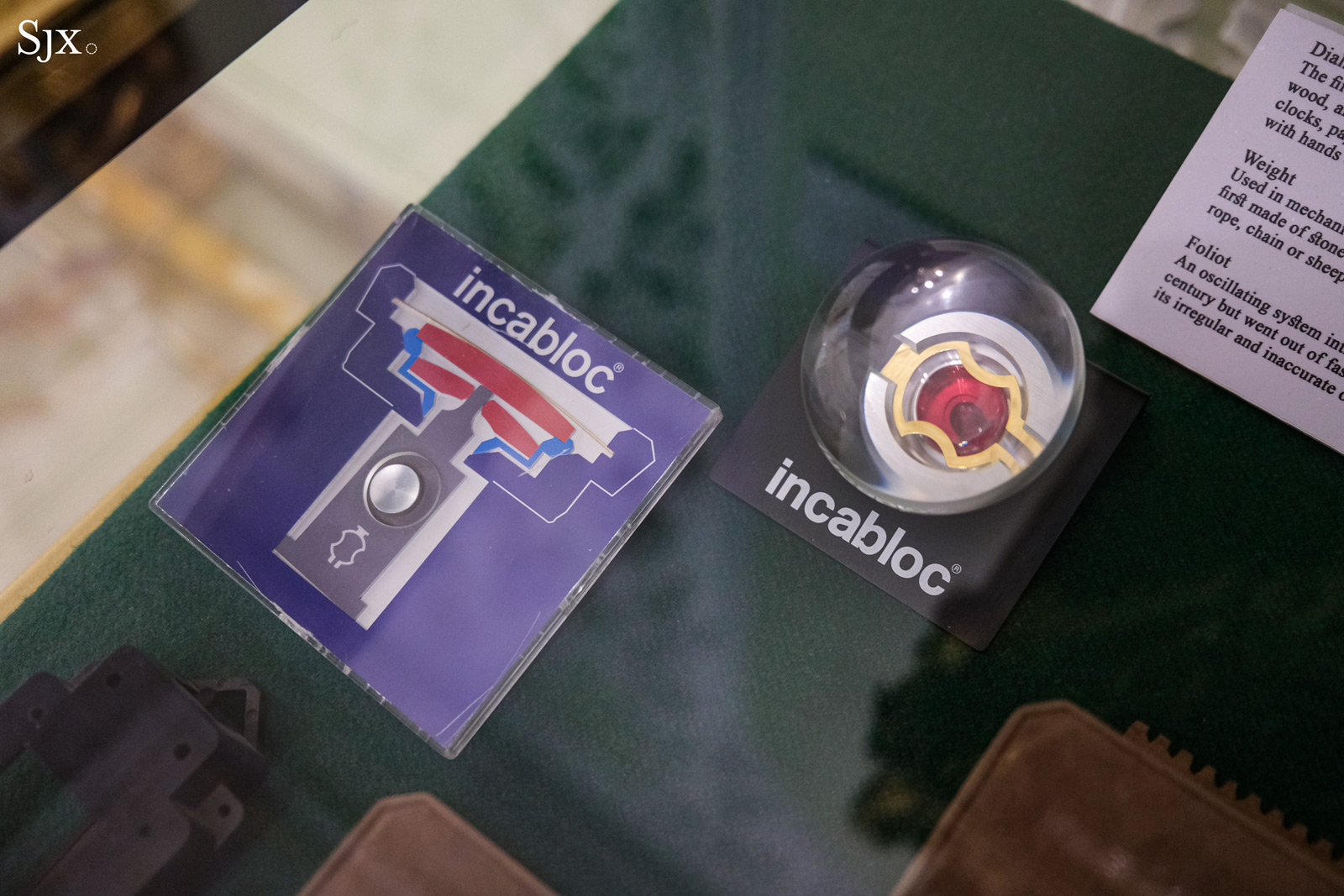
The museum also has a small selection of watchmaking paraphernalia

A collage made up of watch movement components and dials by Houshang Foroutan, an Iranian artist and designer who specialises in such collages

A candle clock in the form of a dragon boat
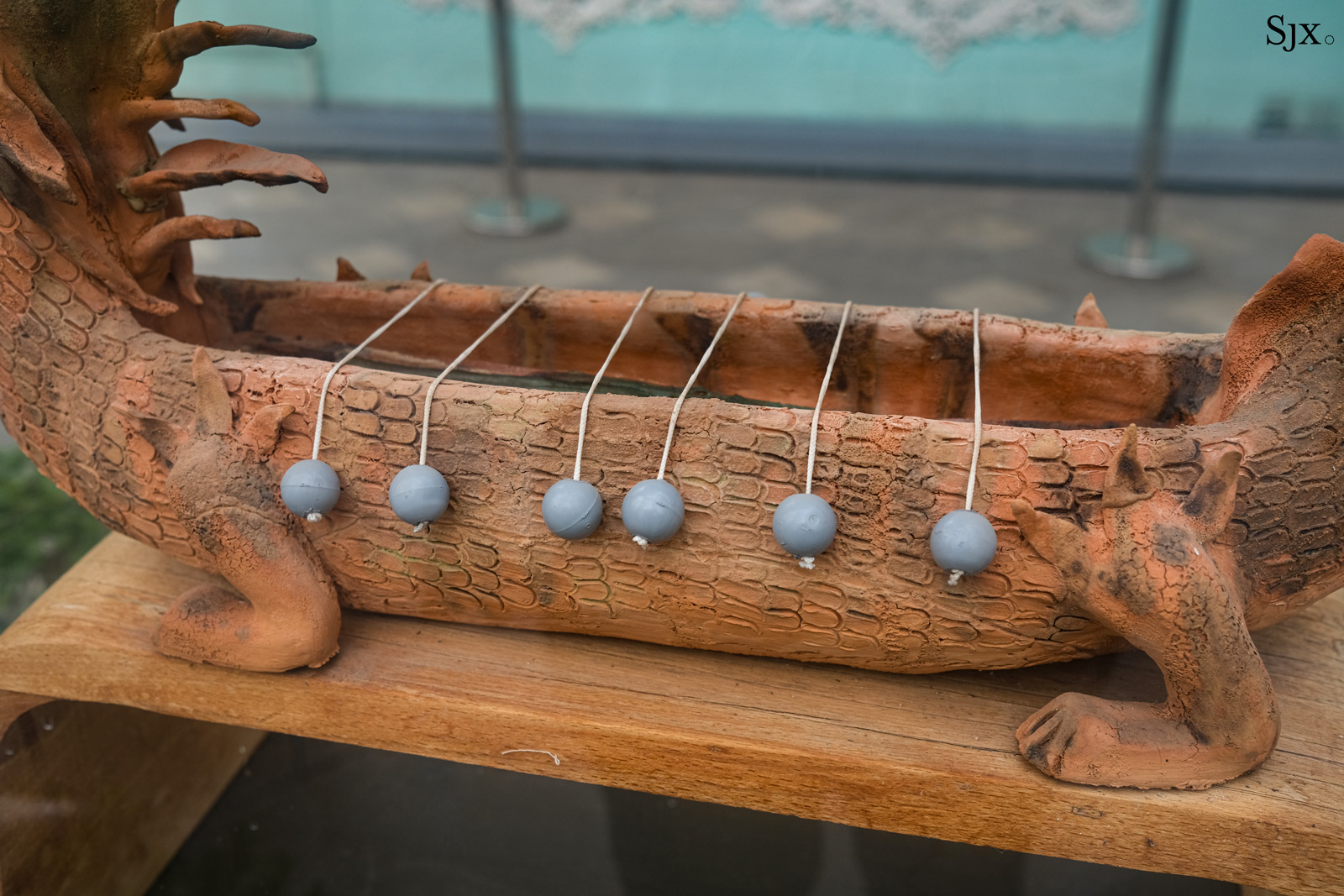
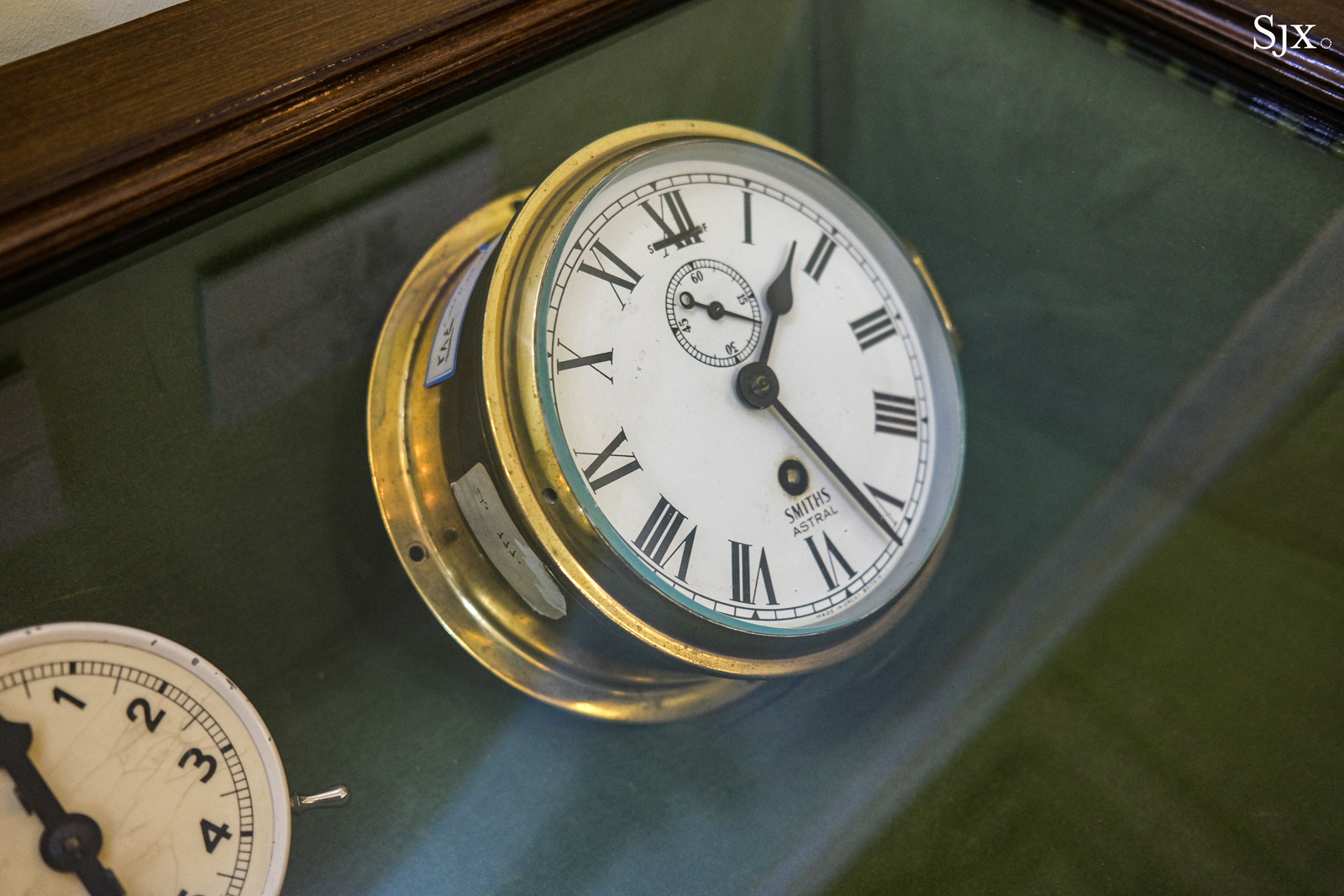
A Smiths Astral ship’s clock
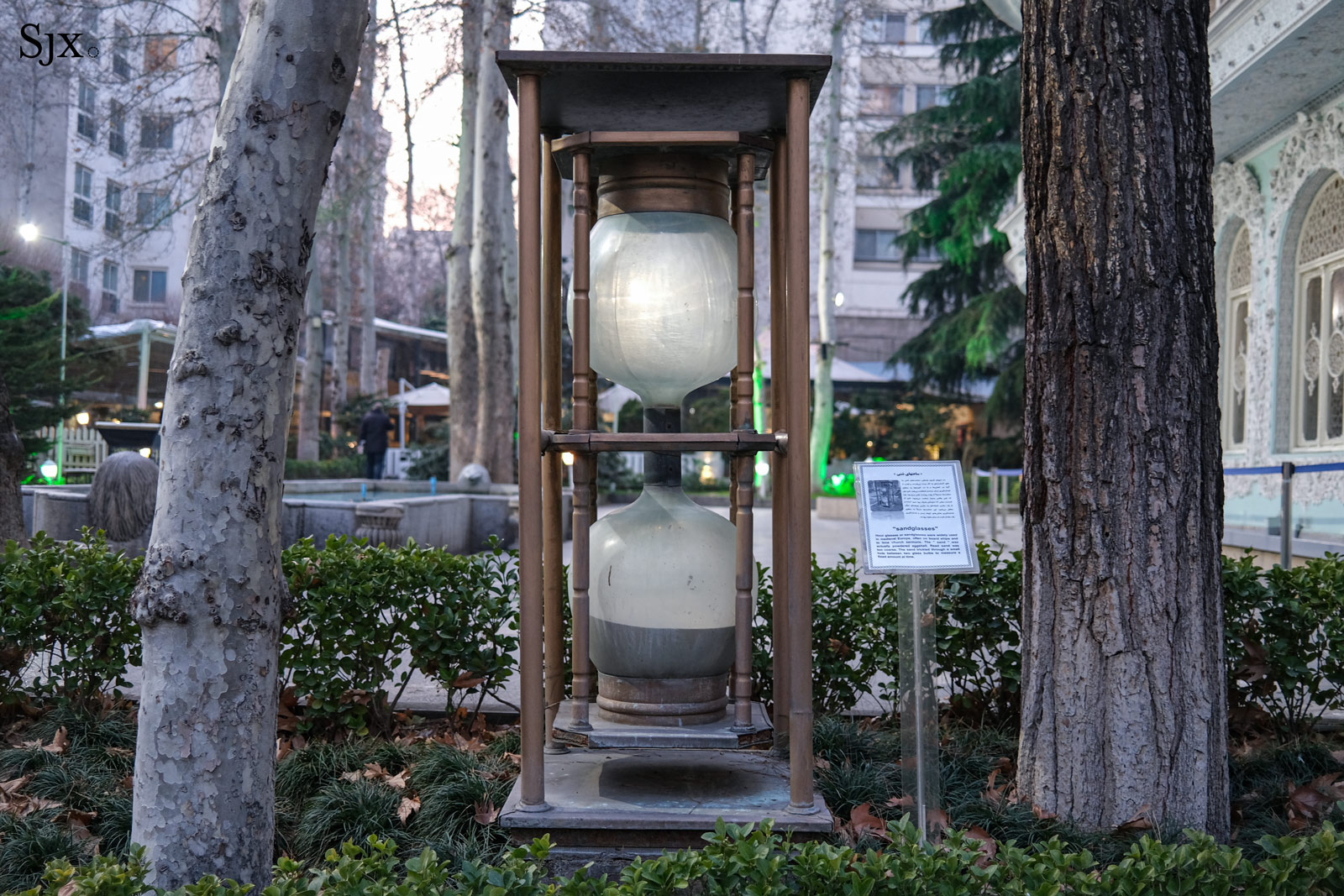
An oversized hourglass sculpture in the garden
Being a government-owned institution, the museum charges just 5,000 tomans (or US$0.20) for local visitors, while tourists pay US$1. It is a popular tourist attraction in Tehran – ranked “#38 of 189 things to do in Tehran” on Tripadvisor – and includes a cafe in the garden.
But in the museum’s official literature there is little mention of Hossein Khodadad, whose vision of elaborate Persian architecture still stands in the centre of Tehran.
Back to top.

